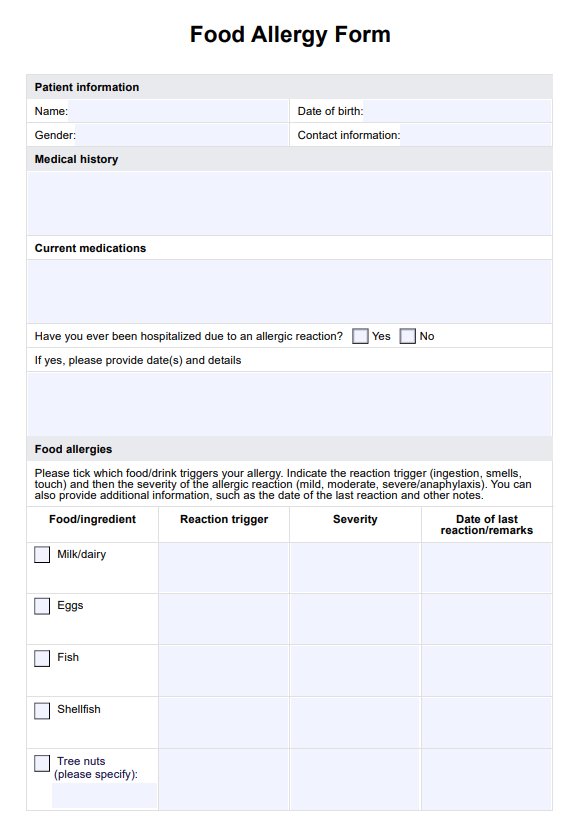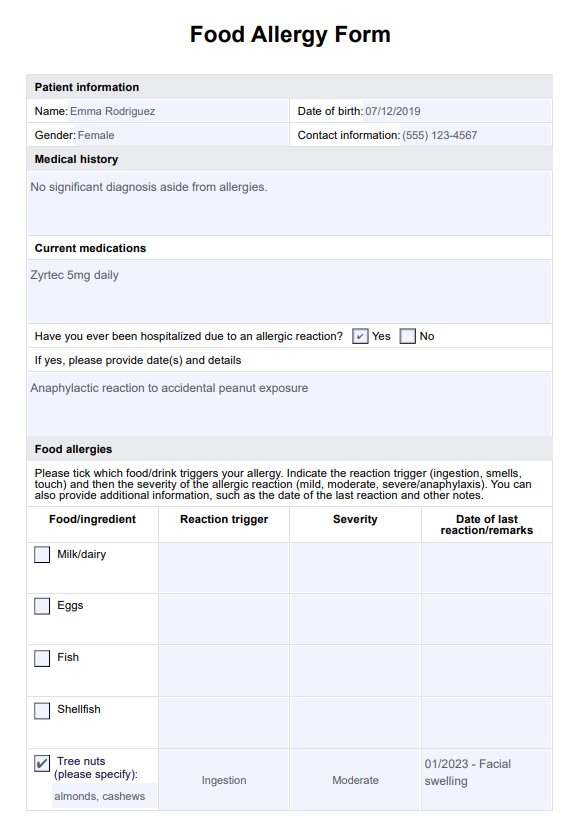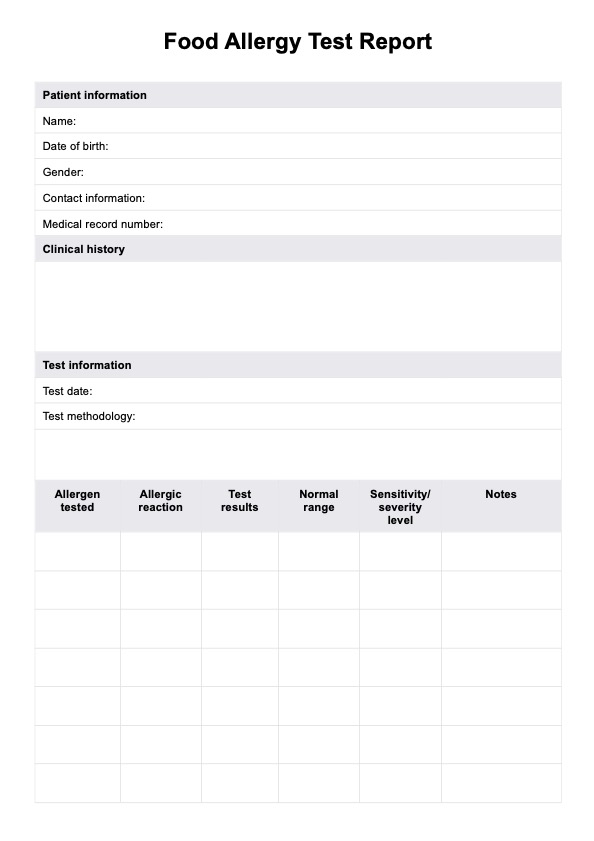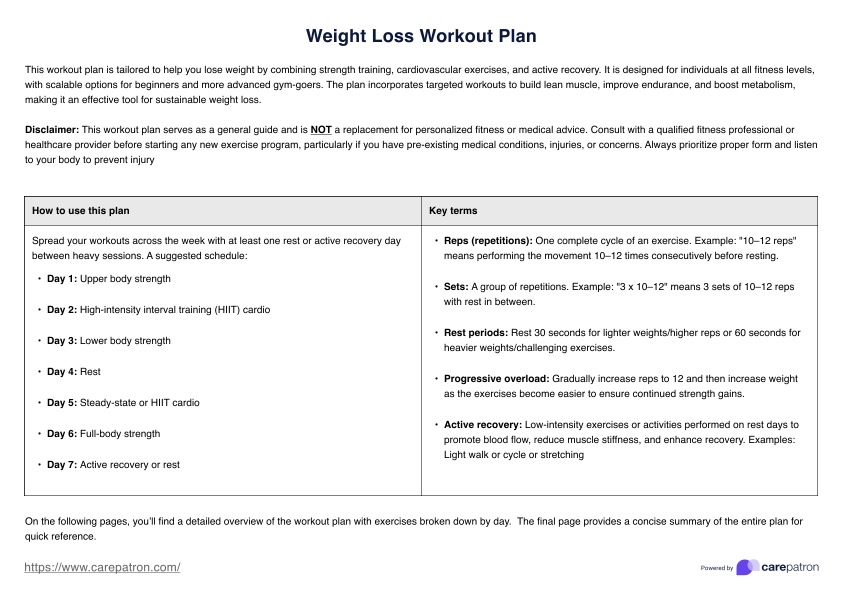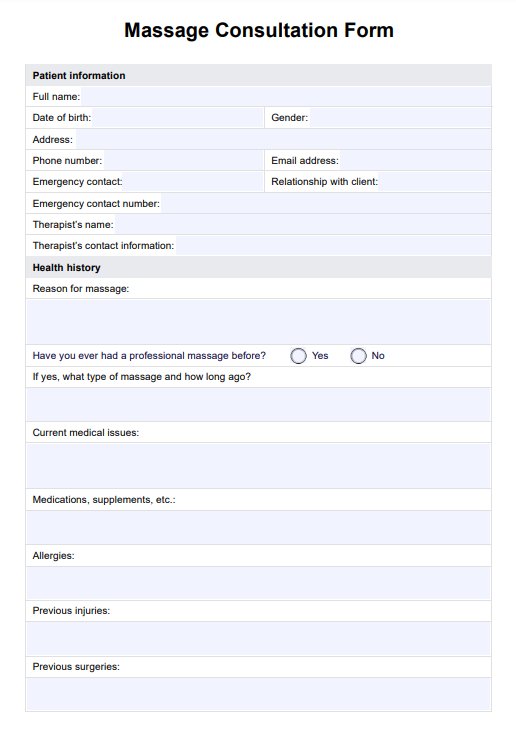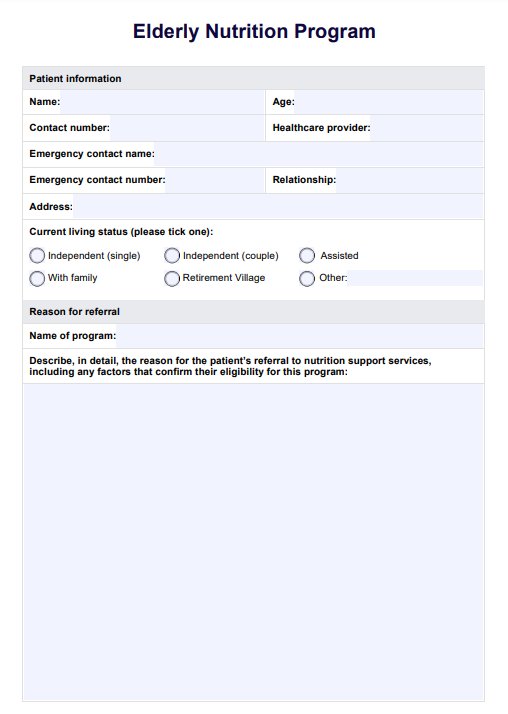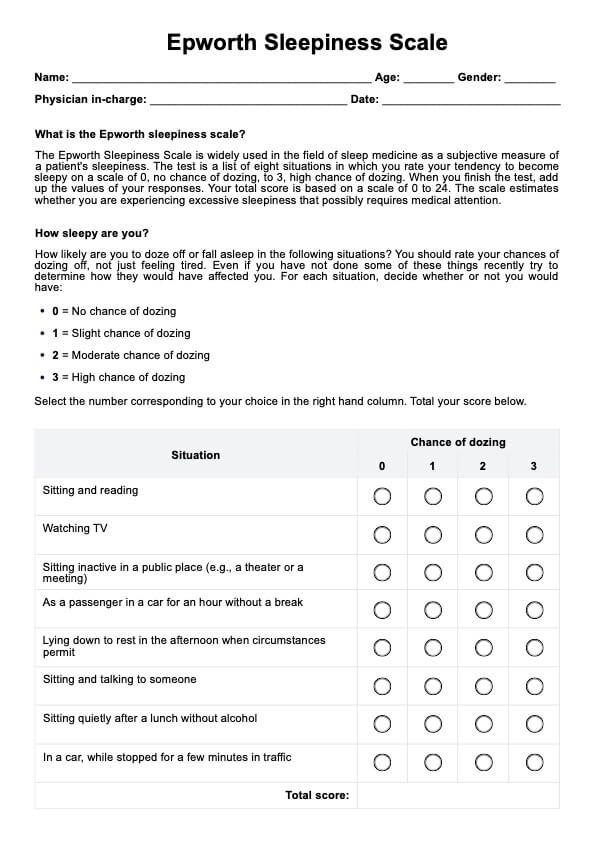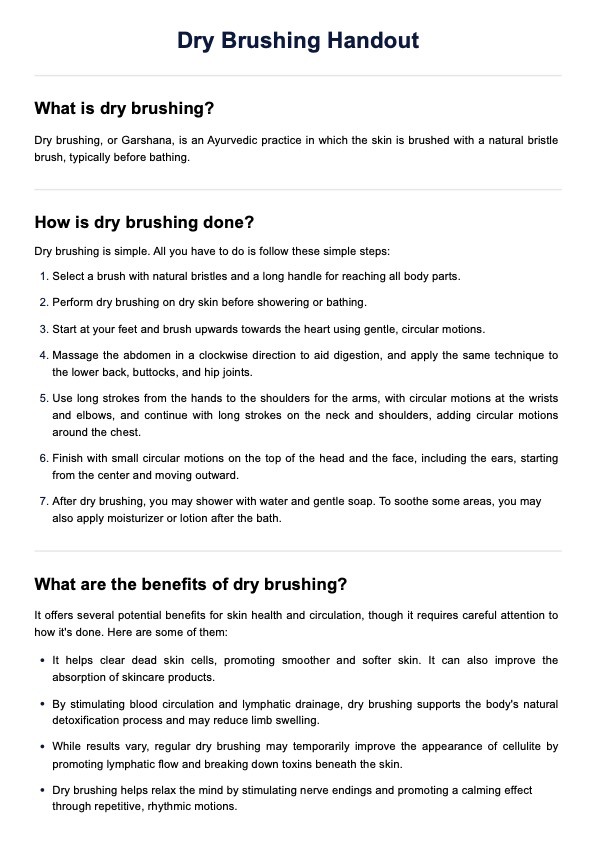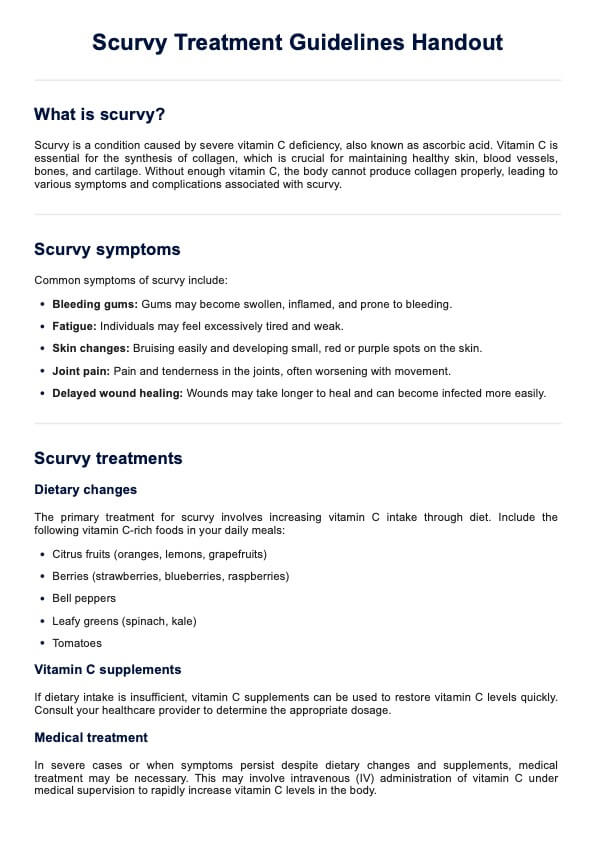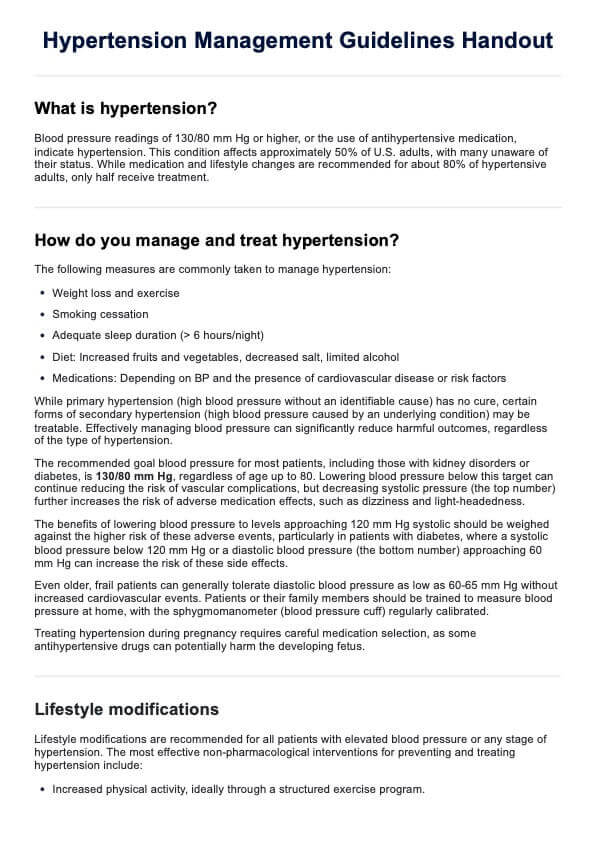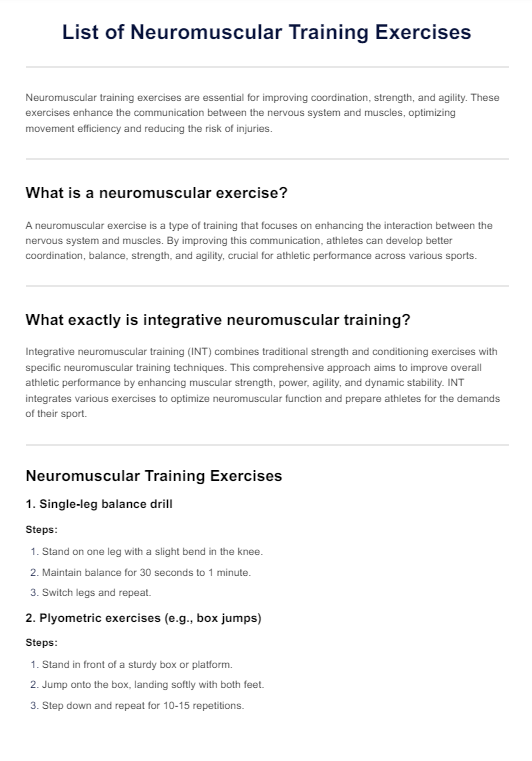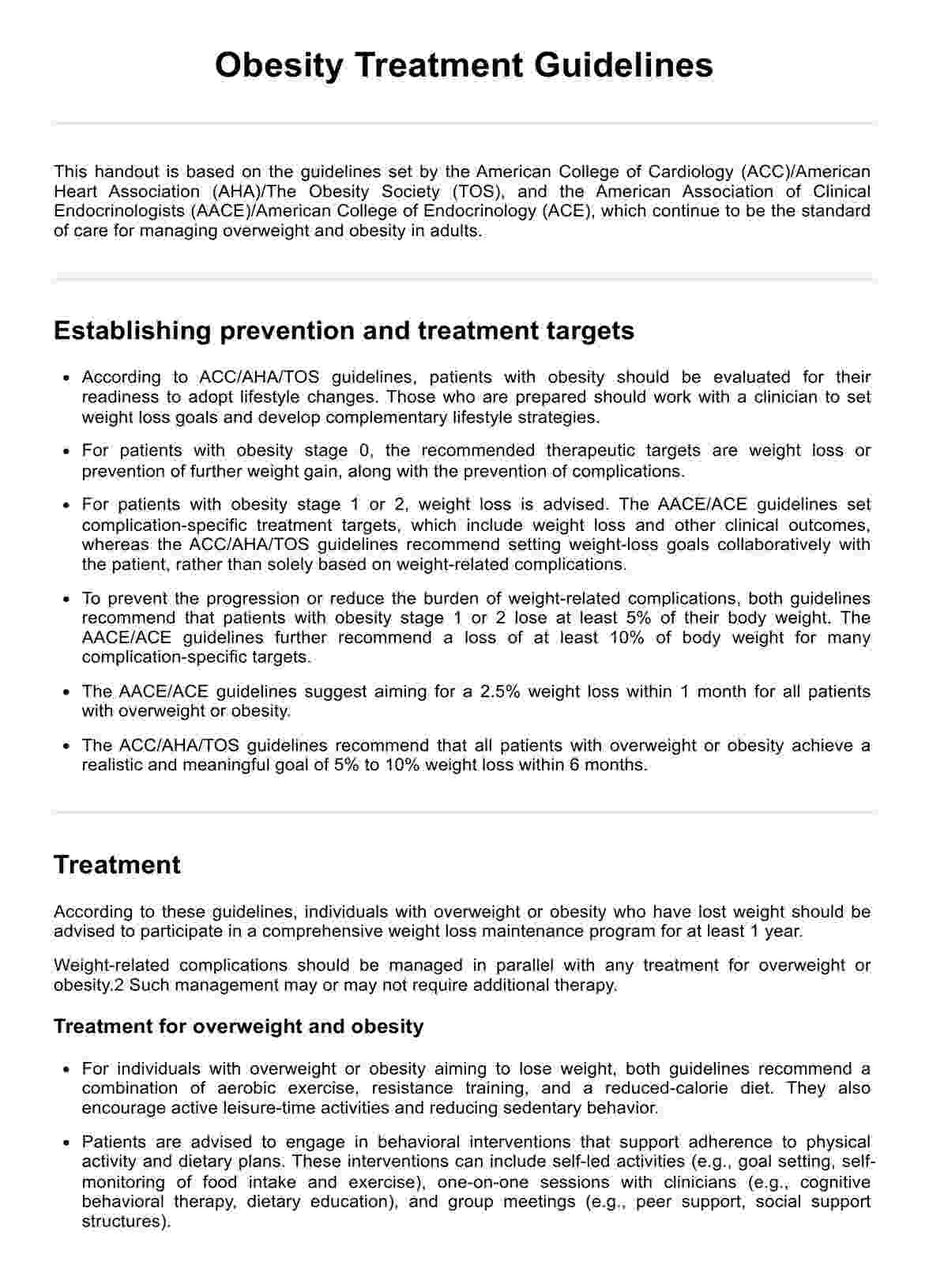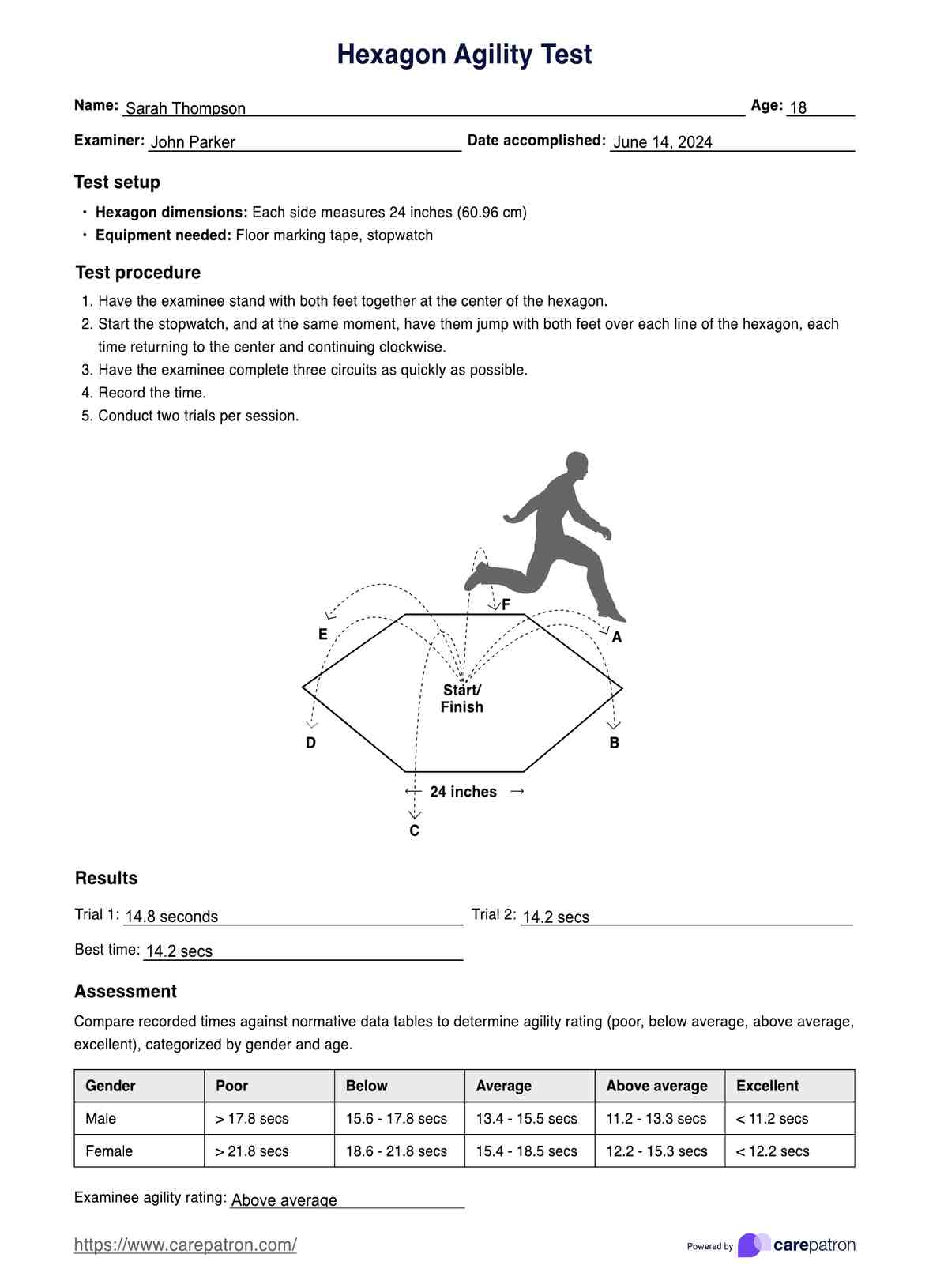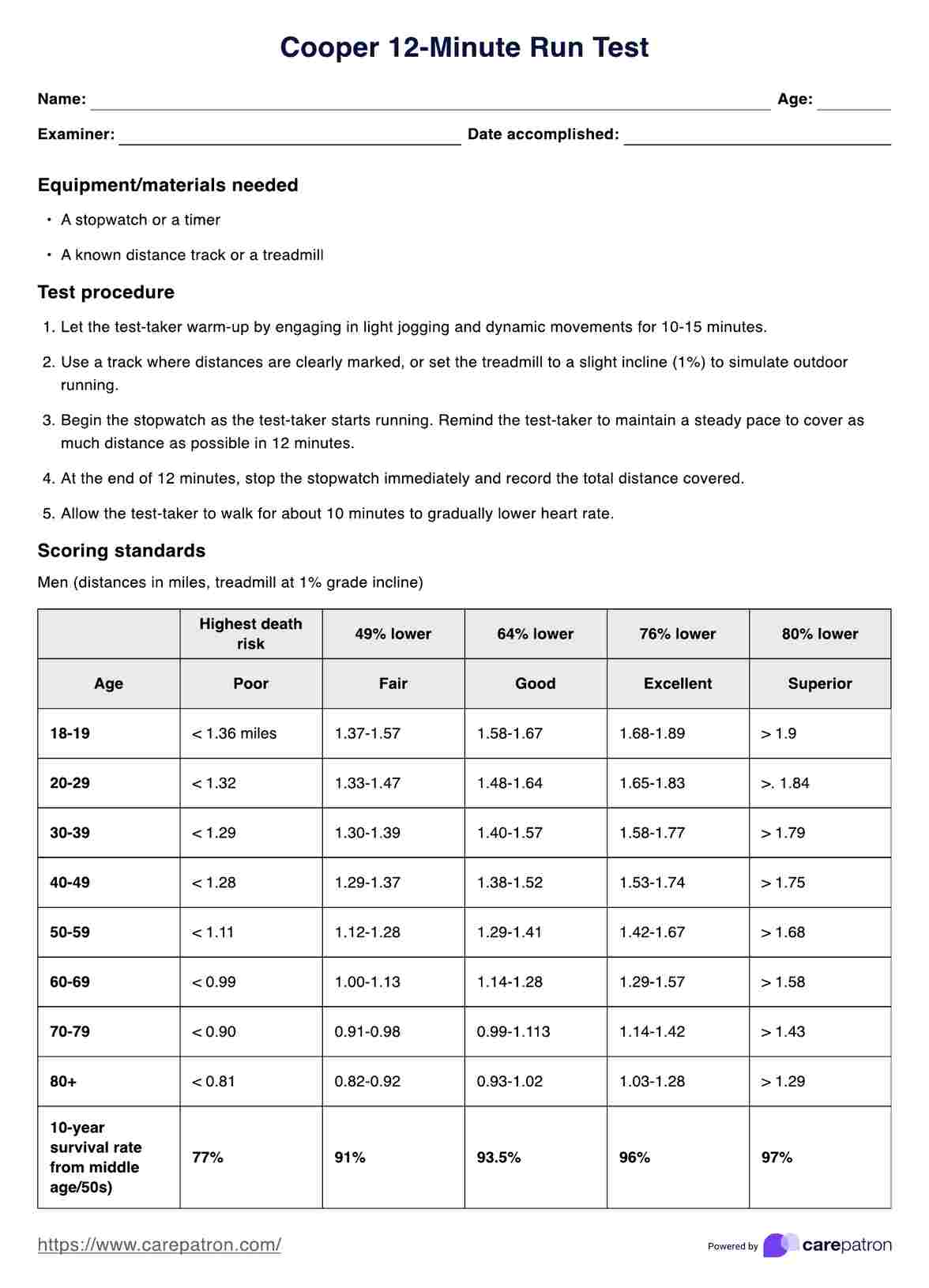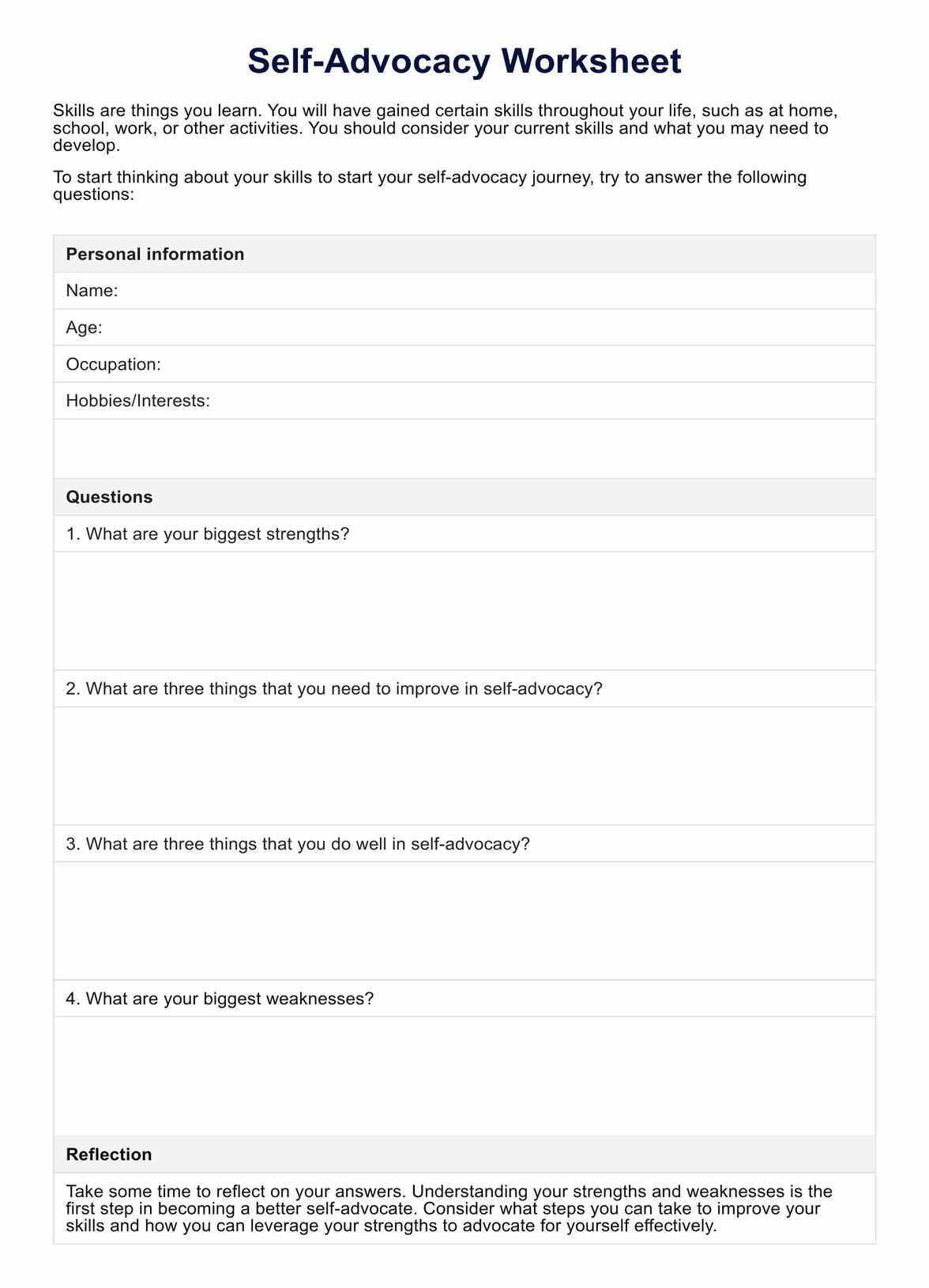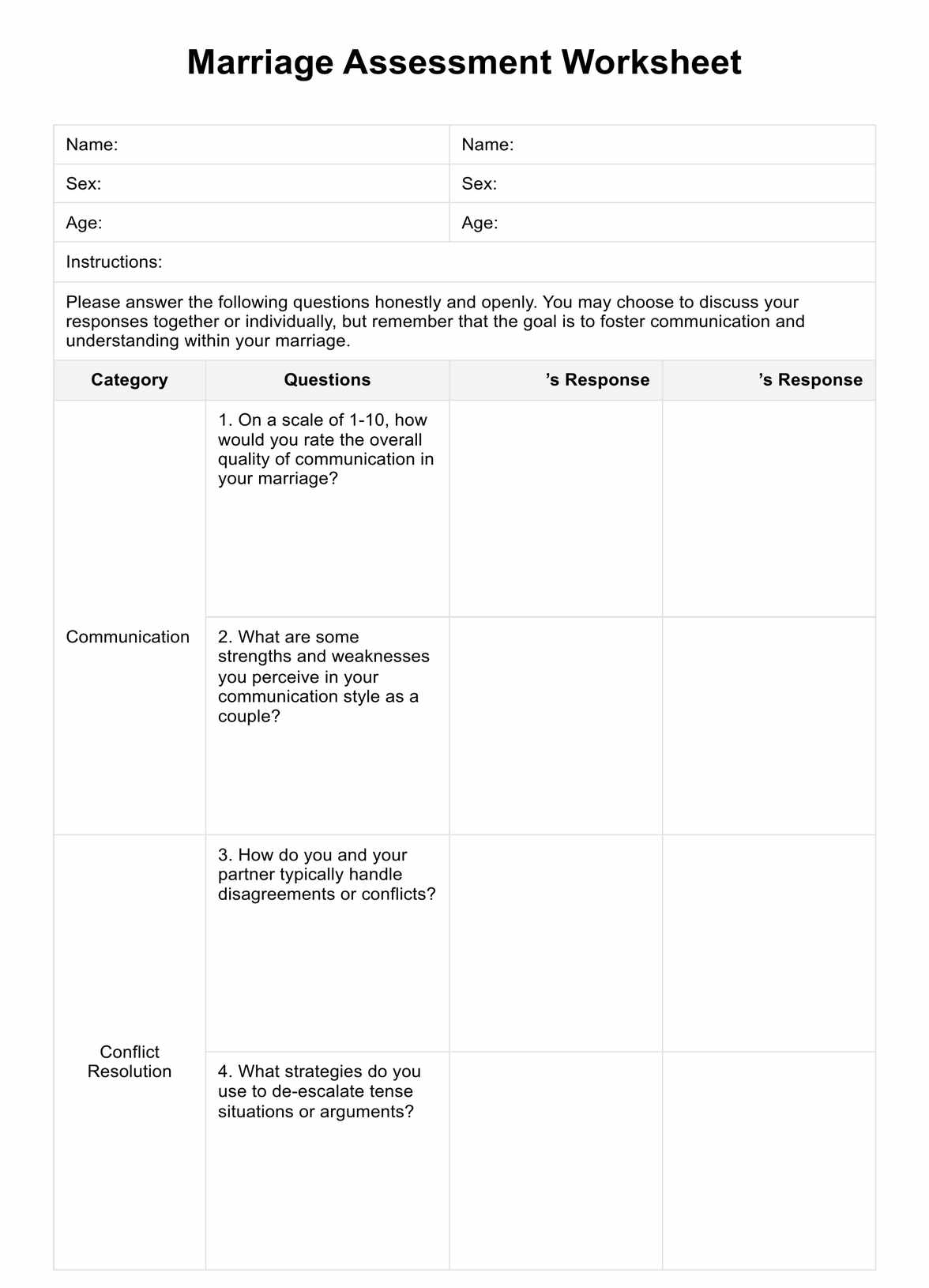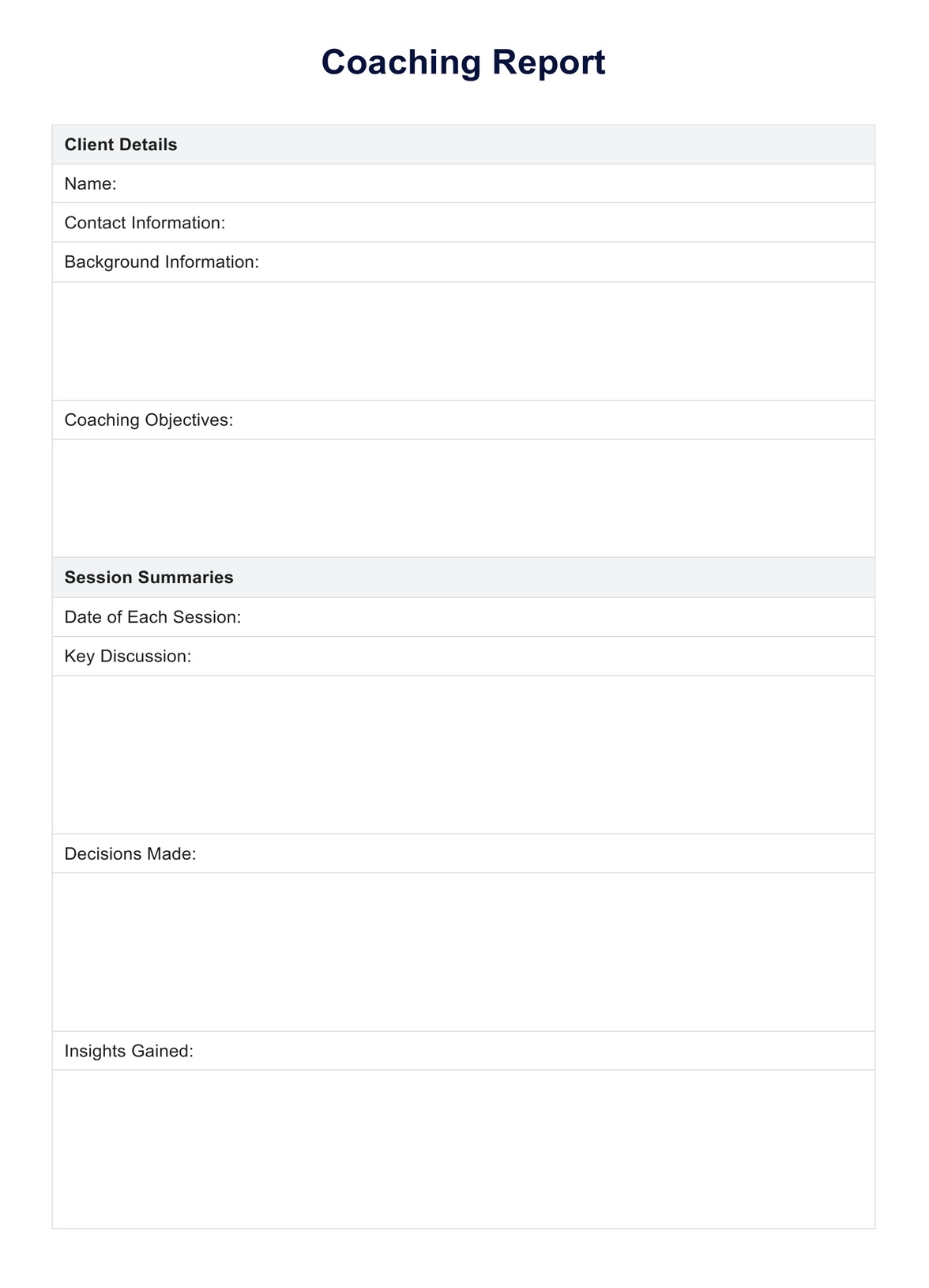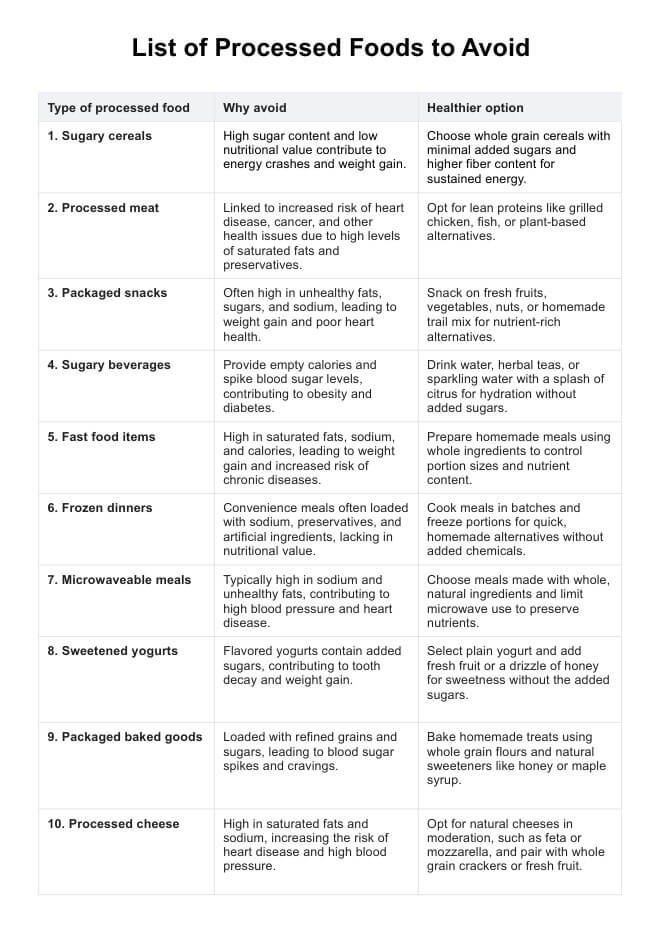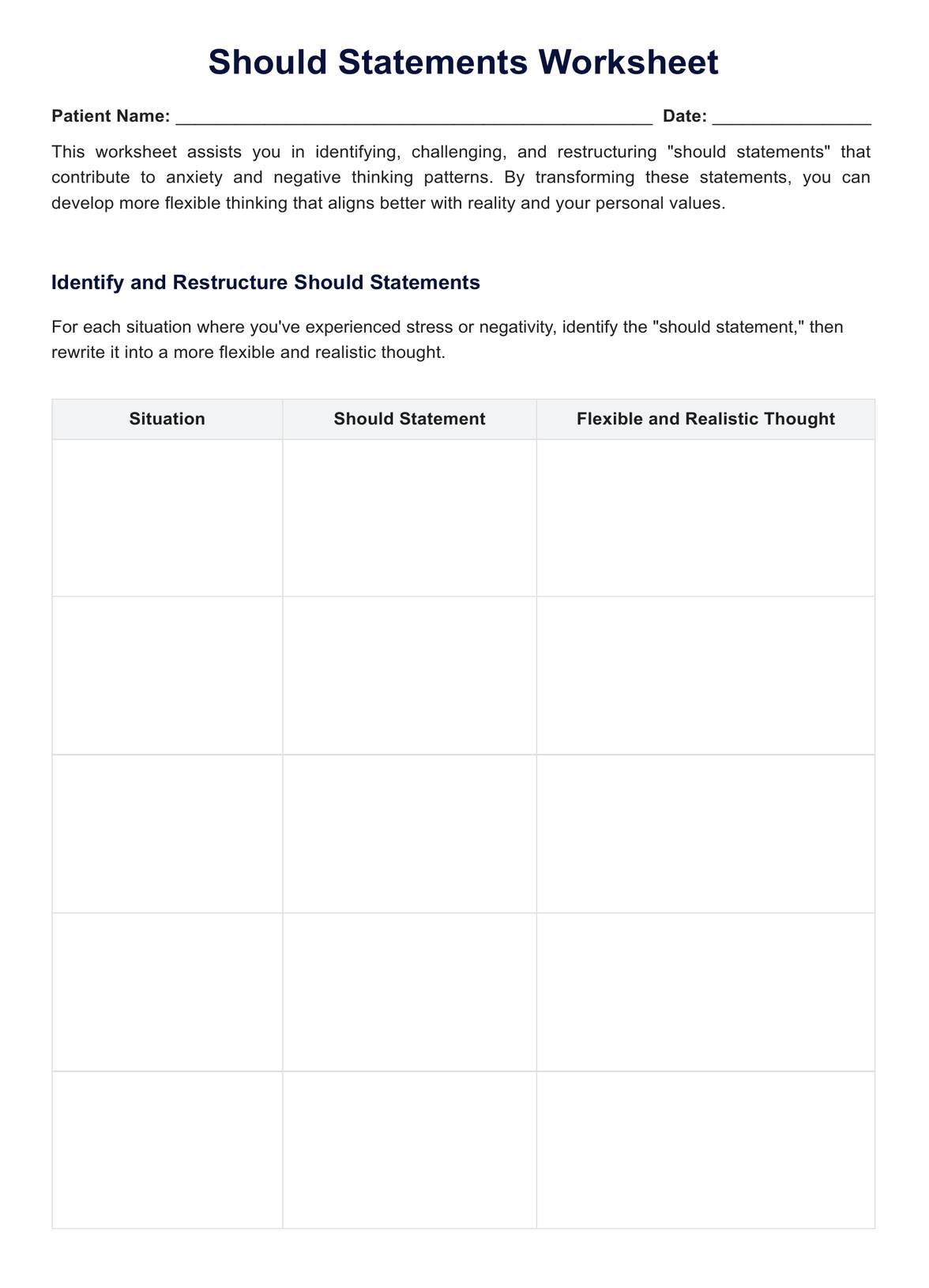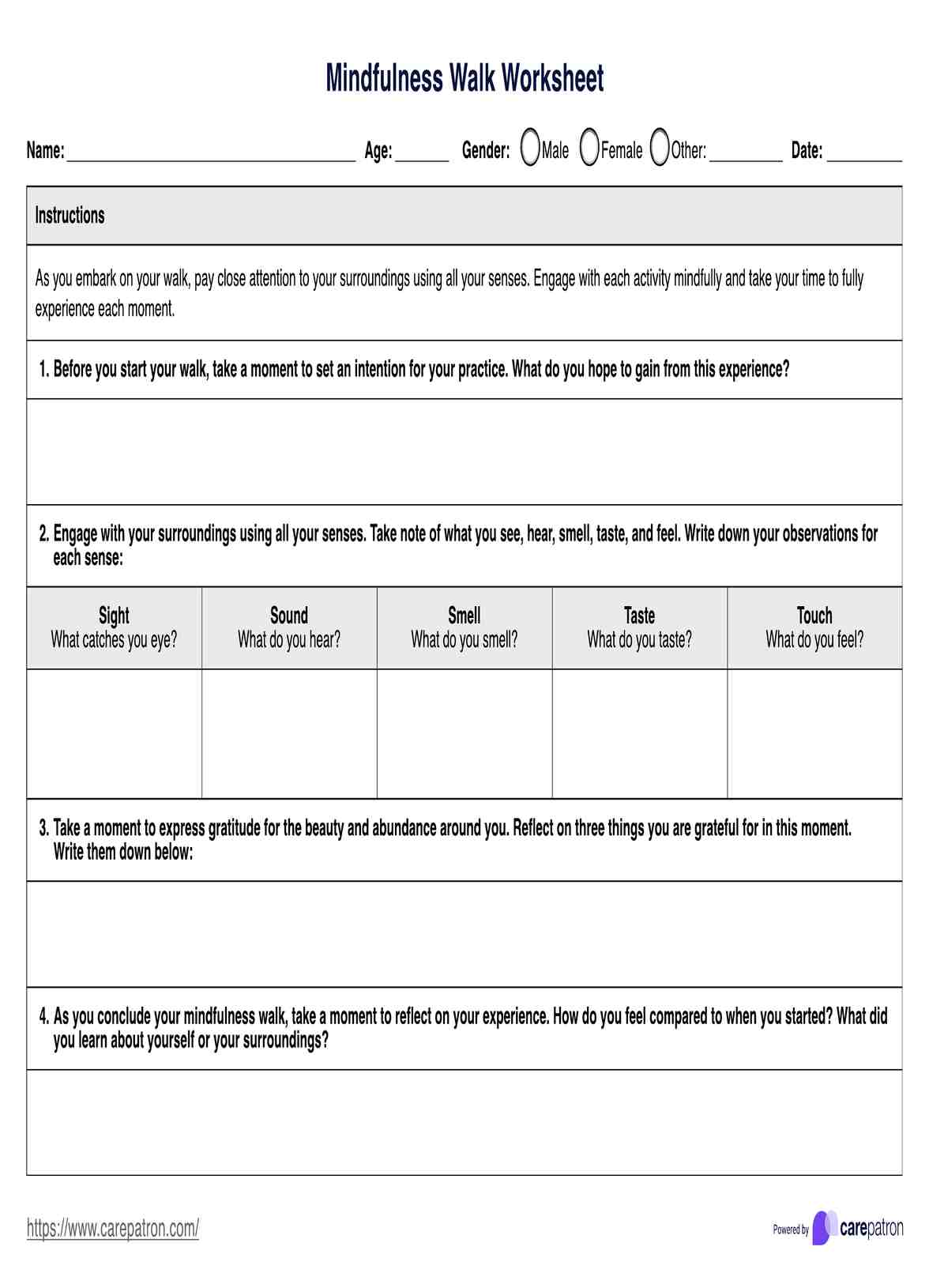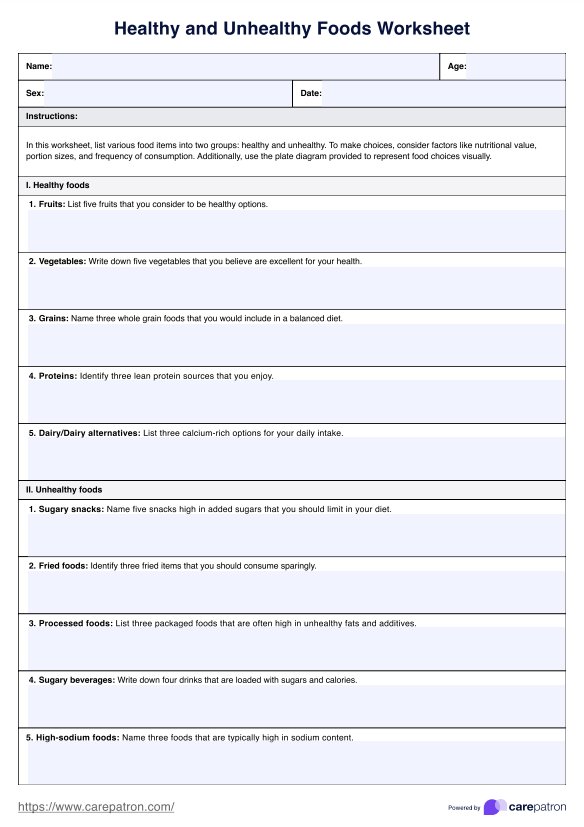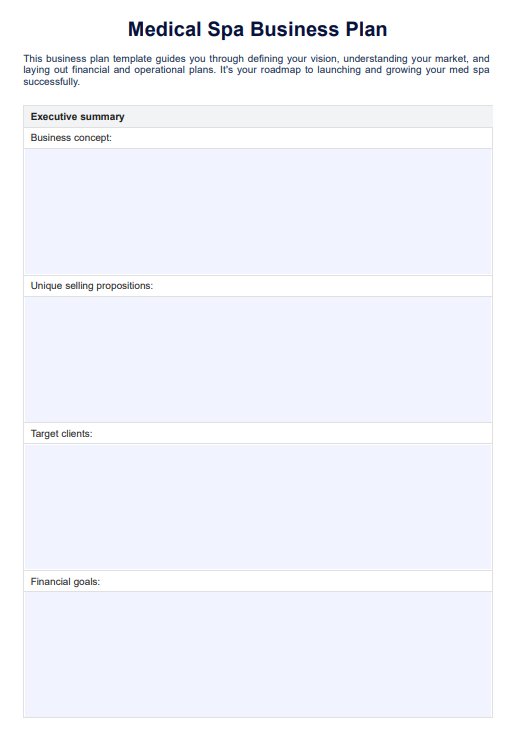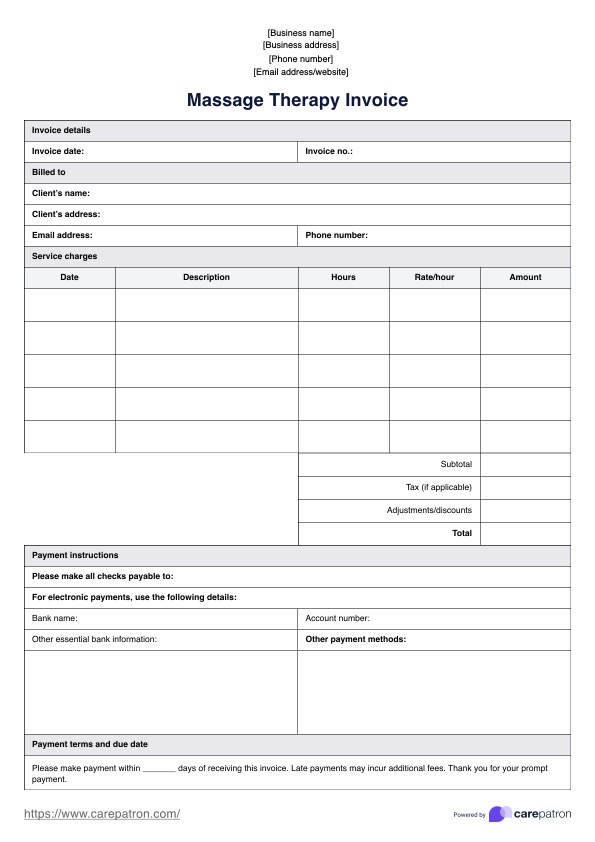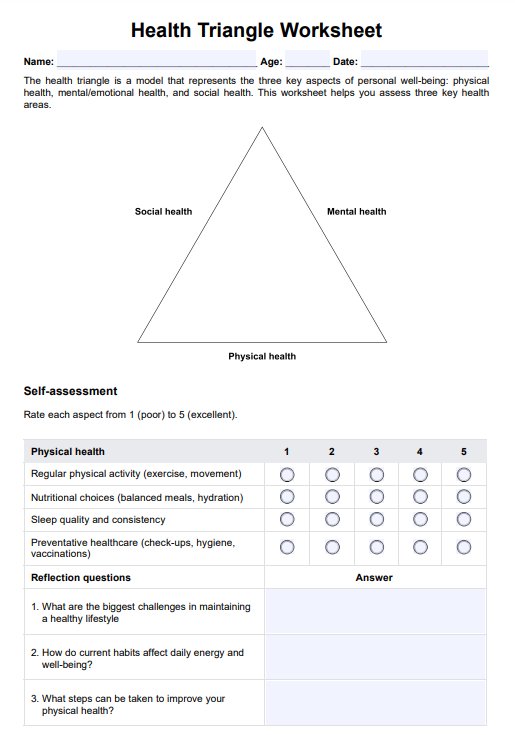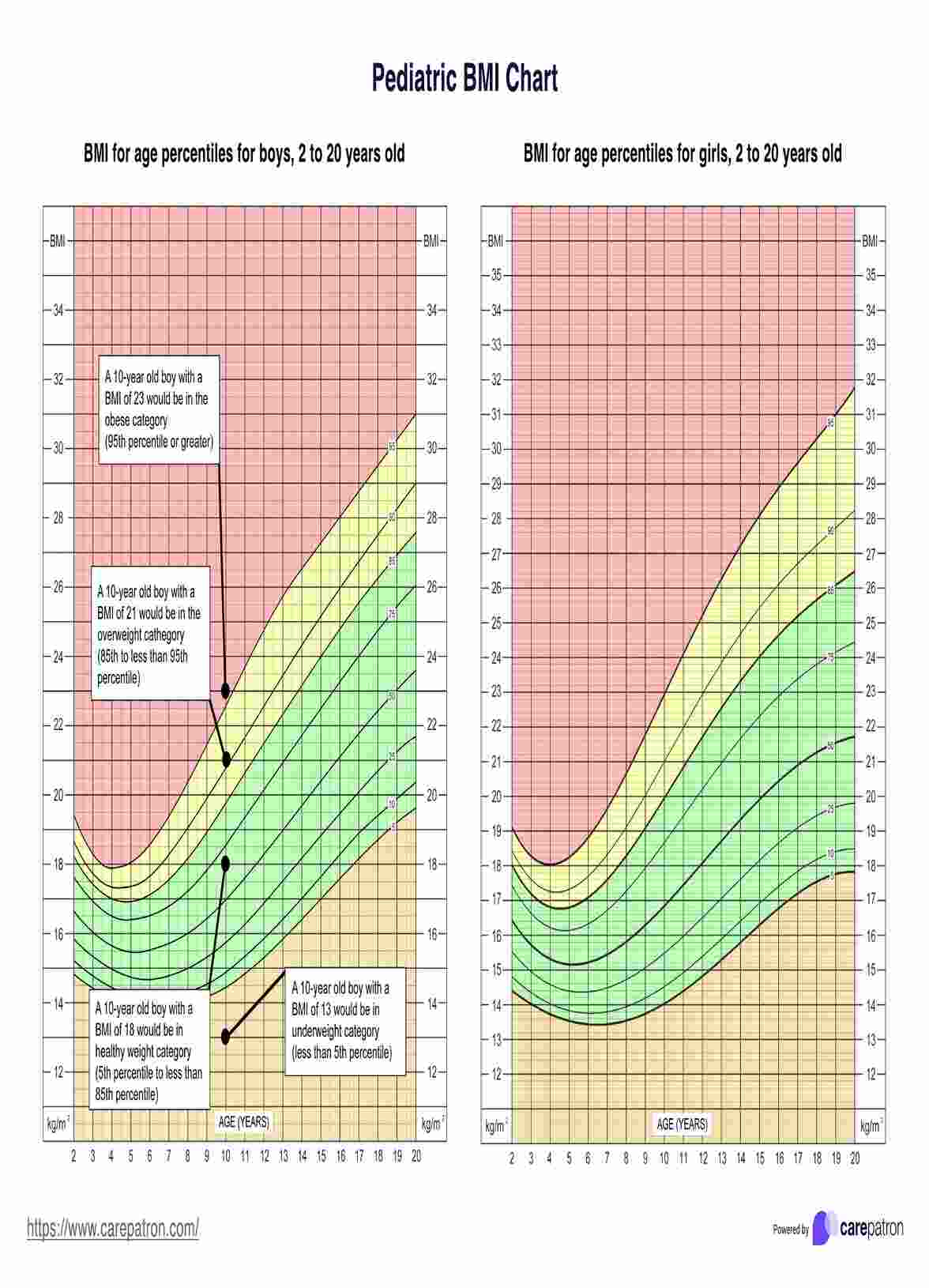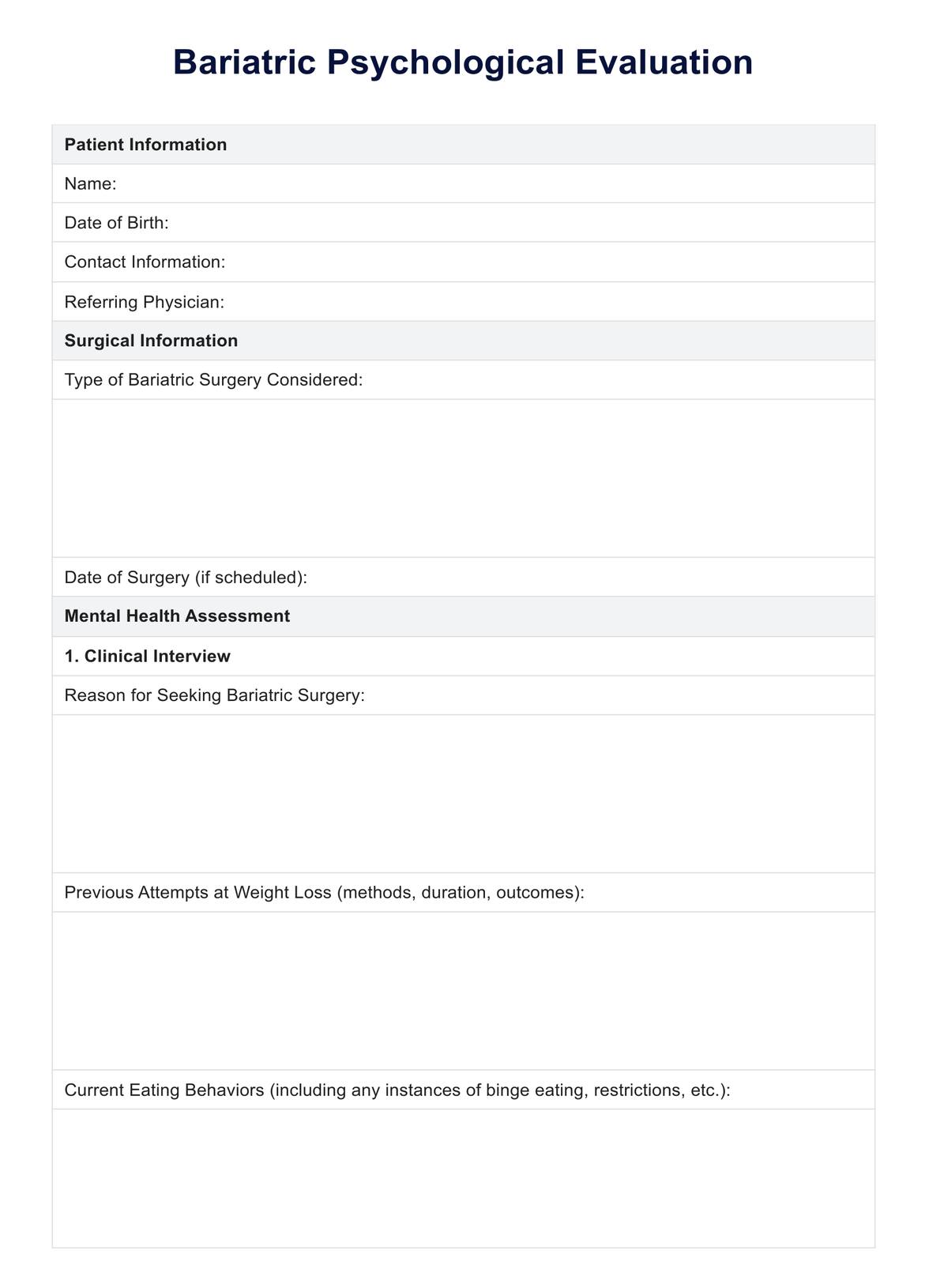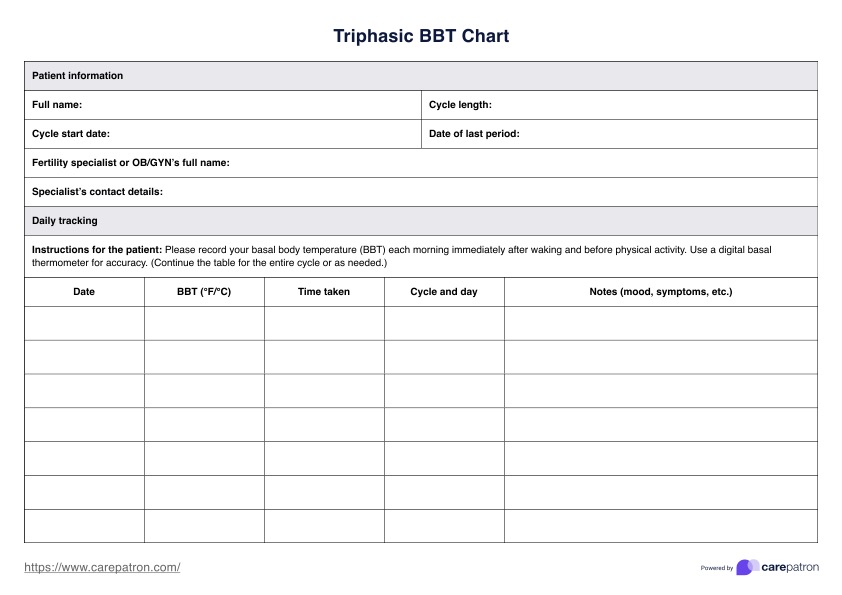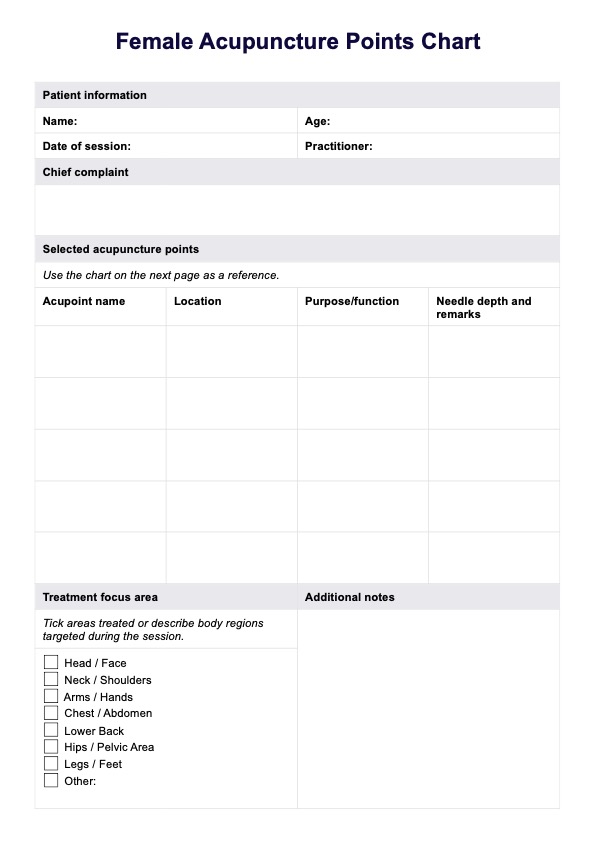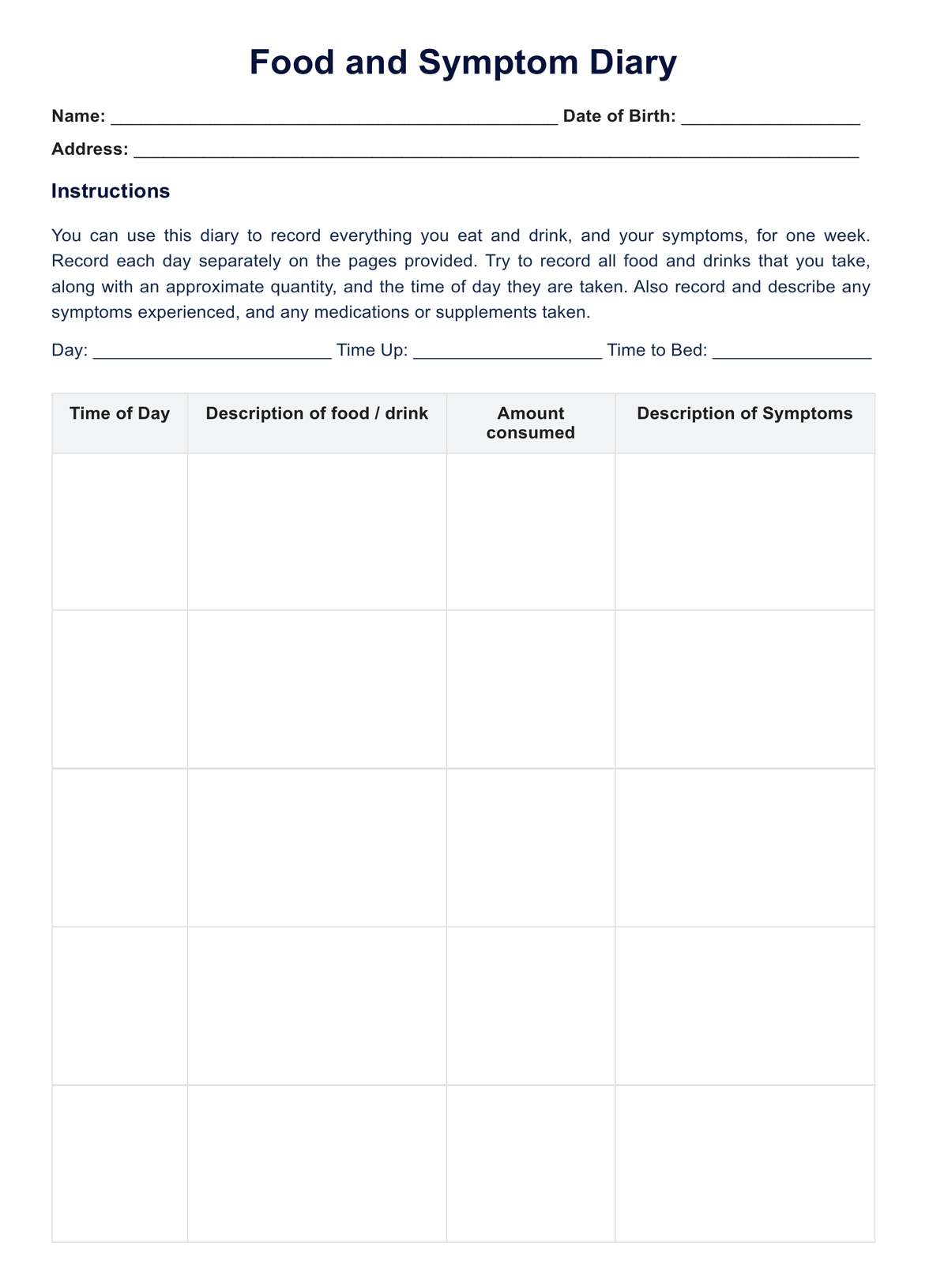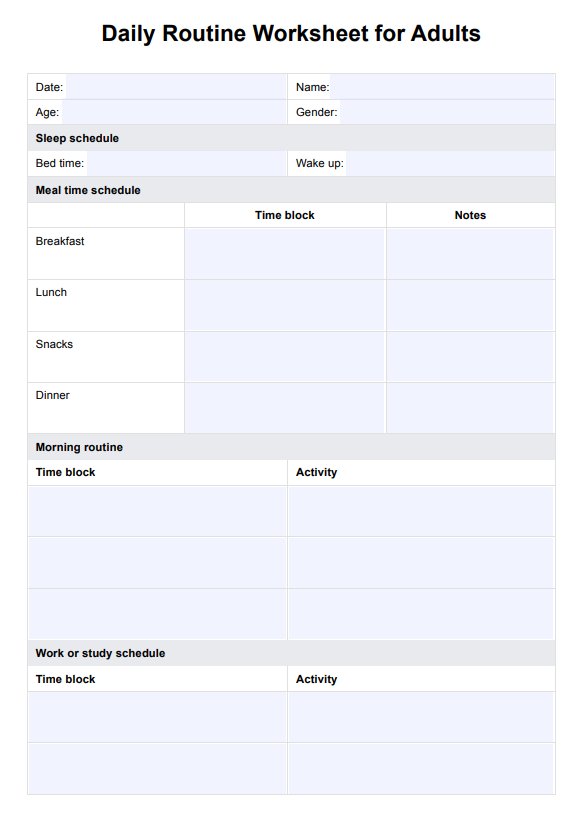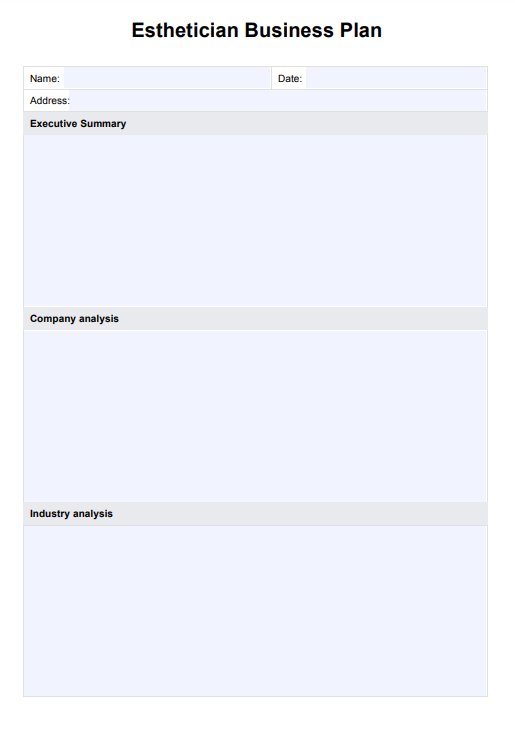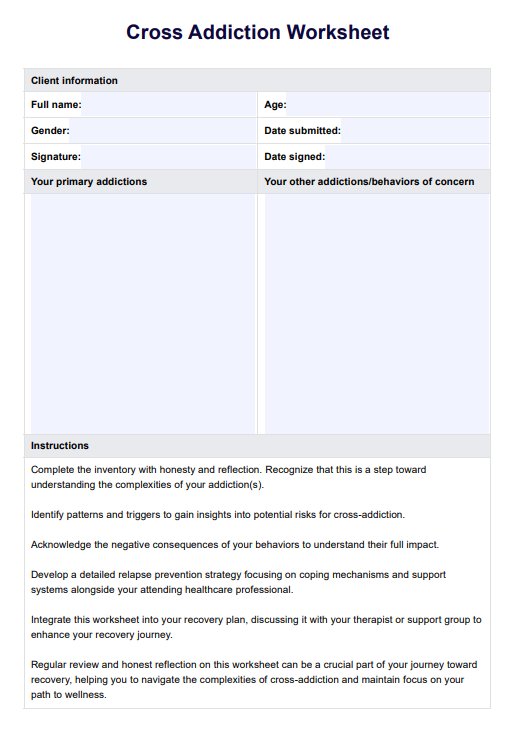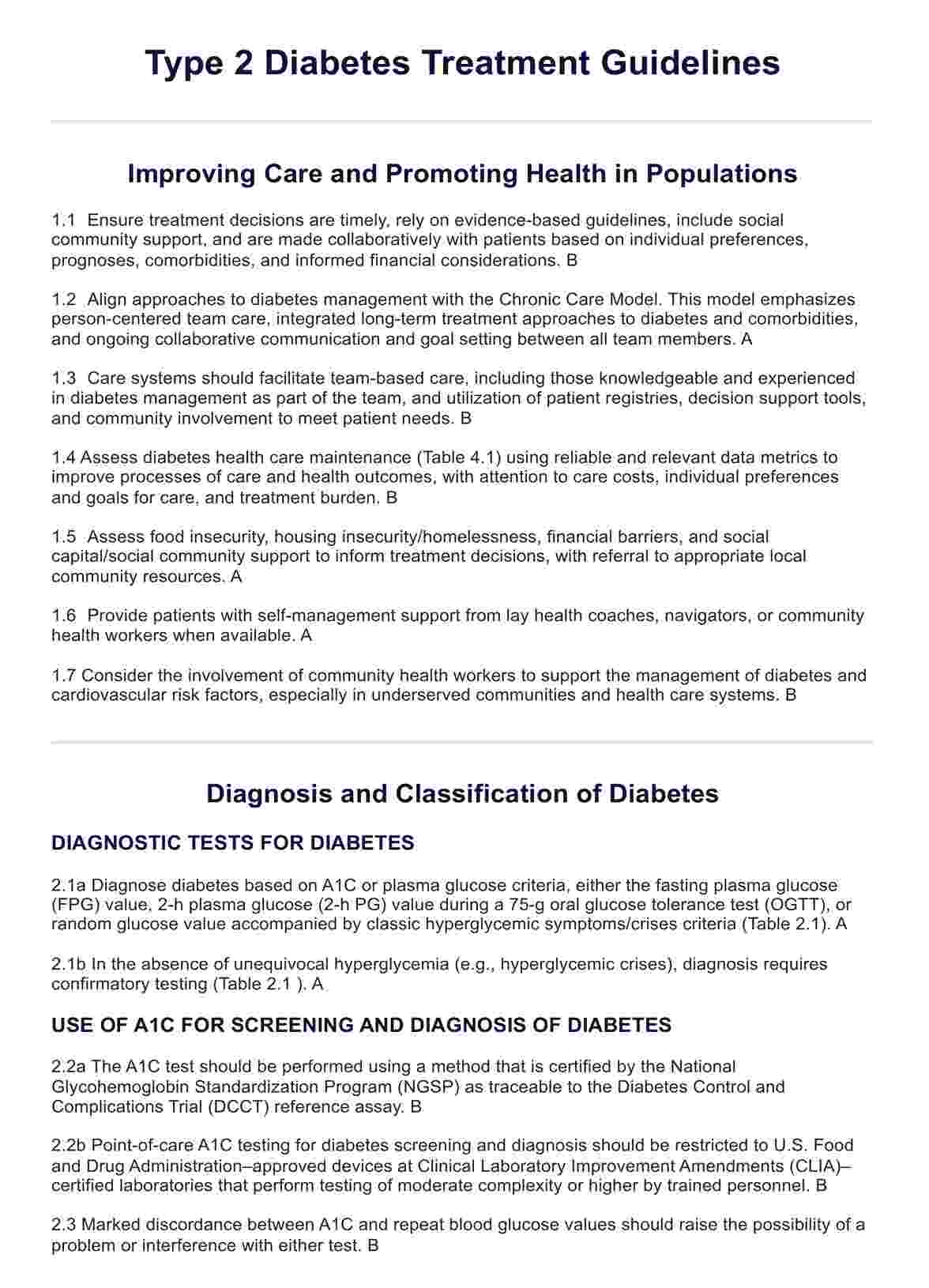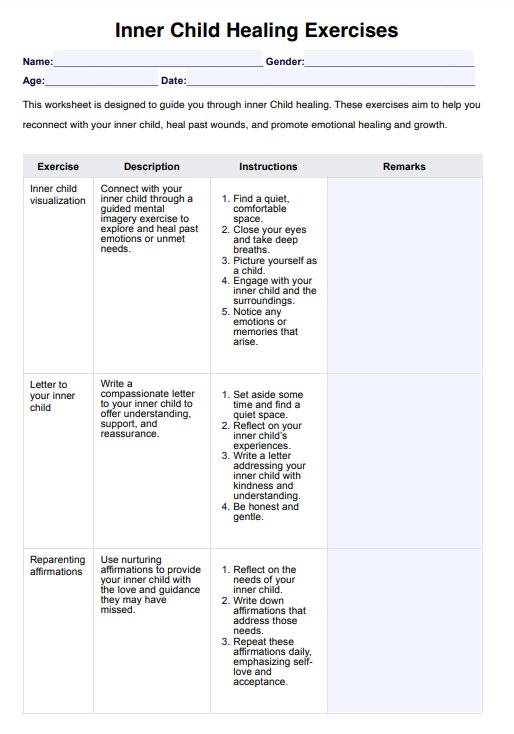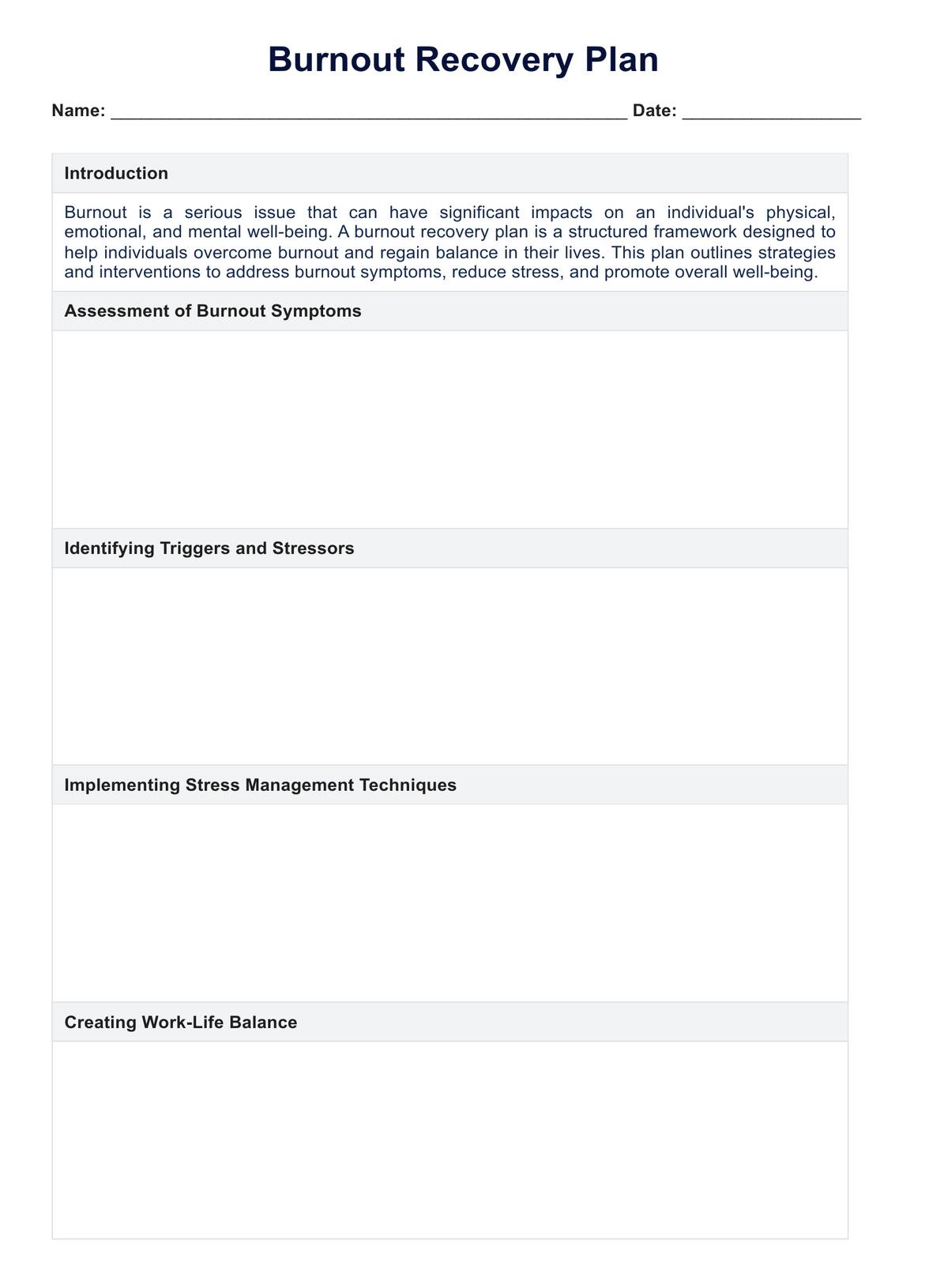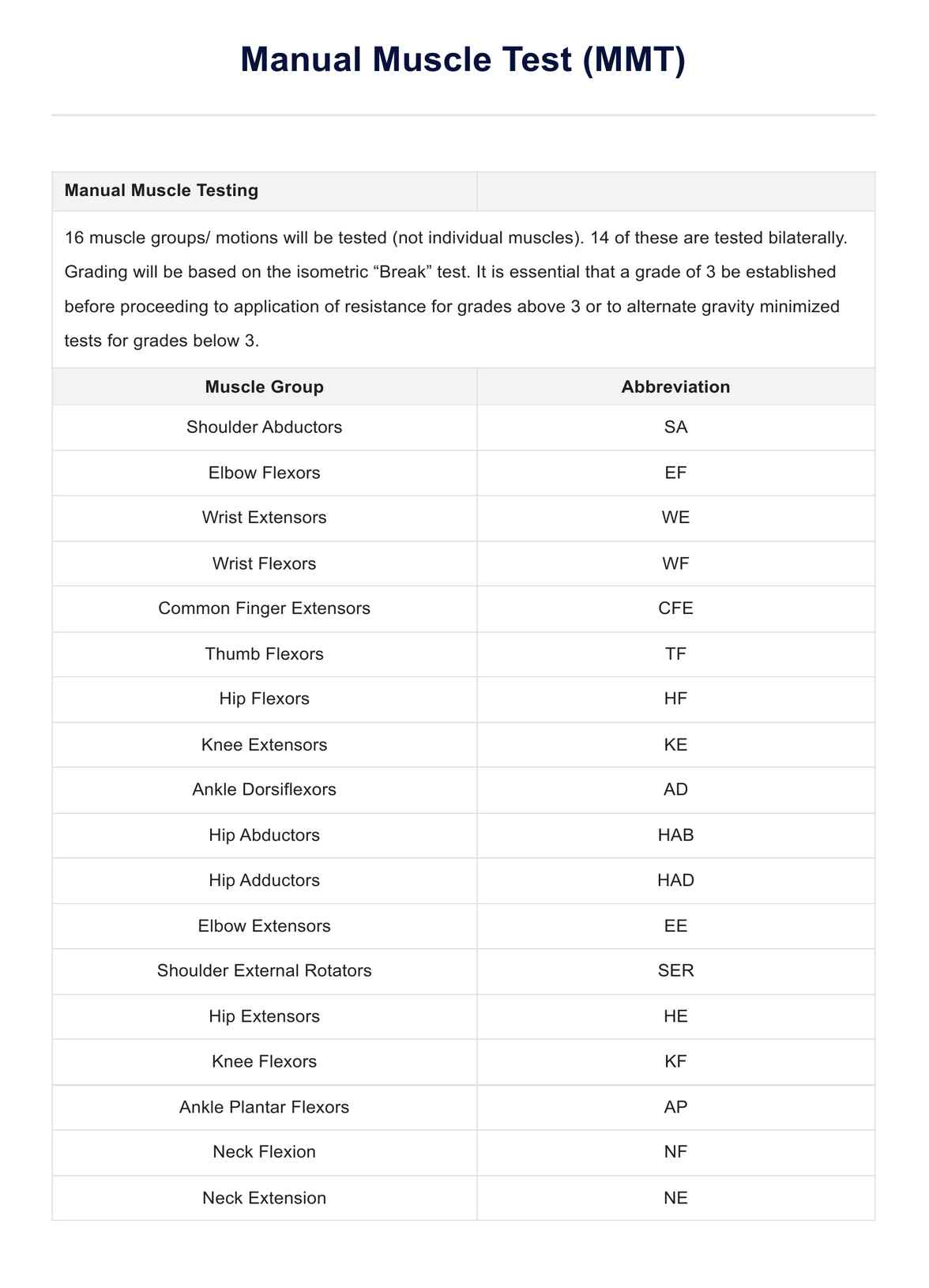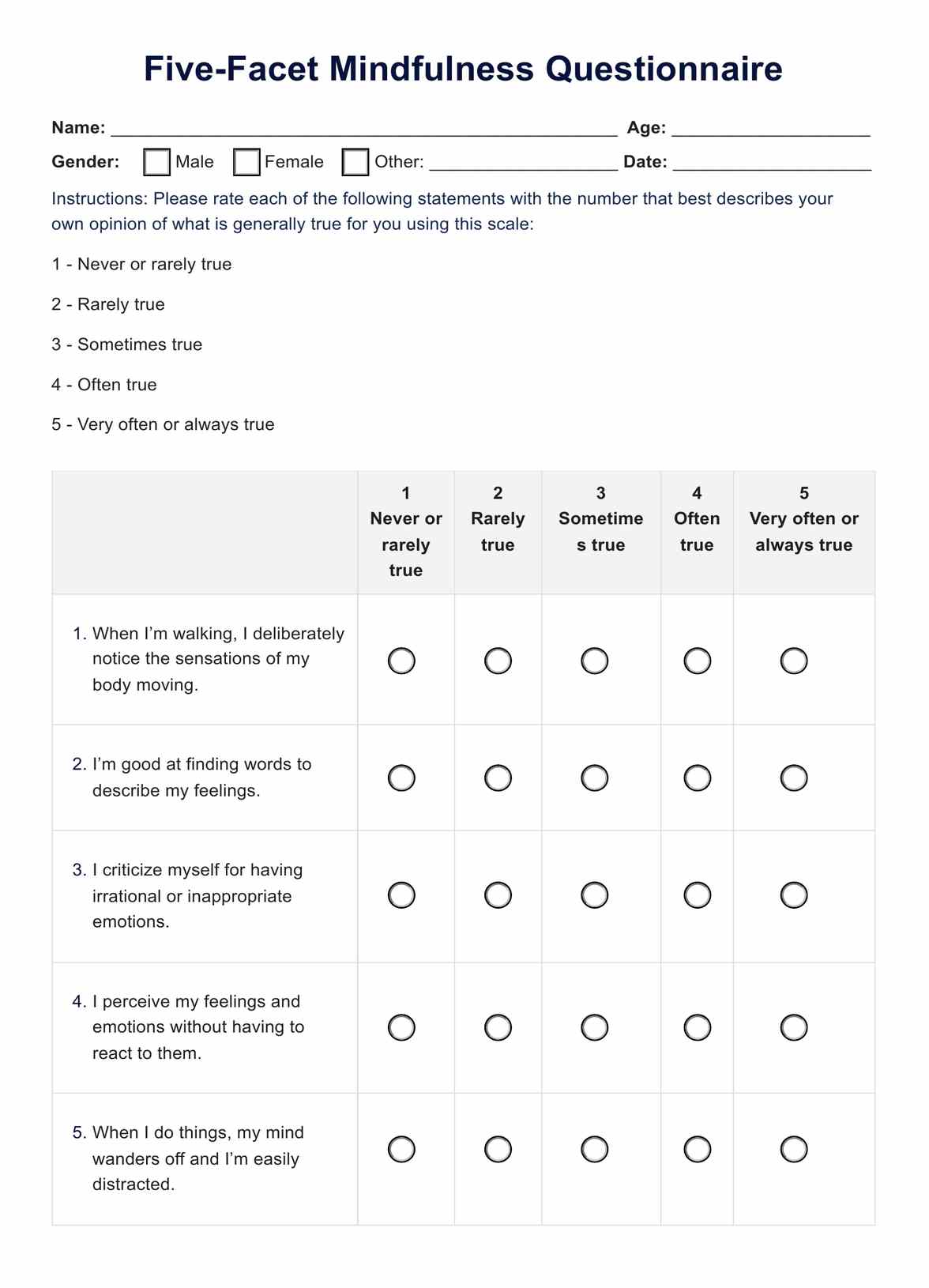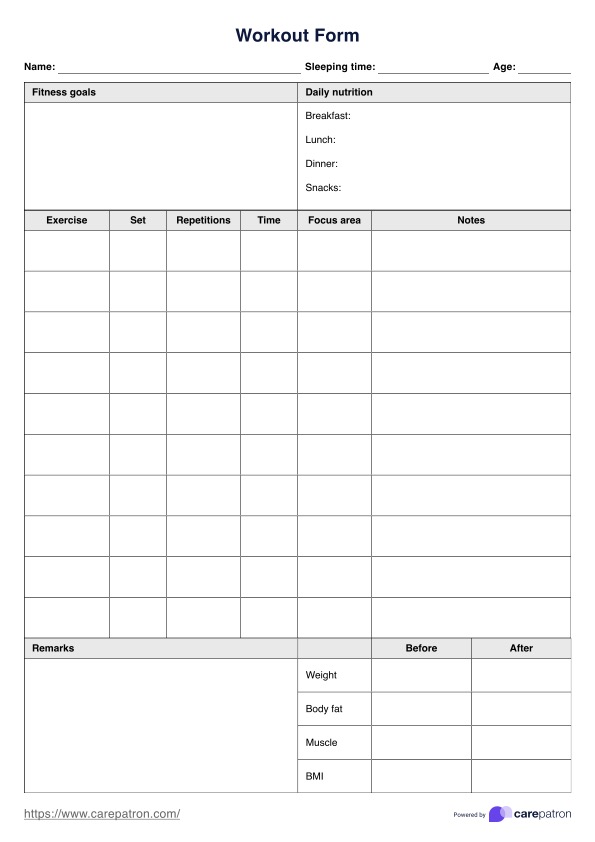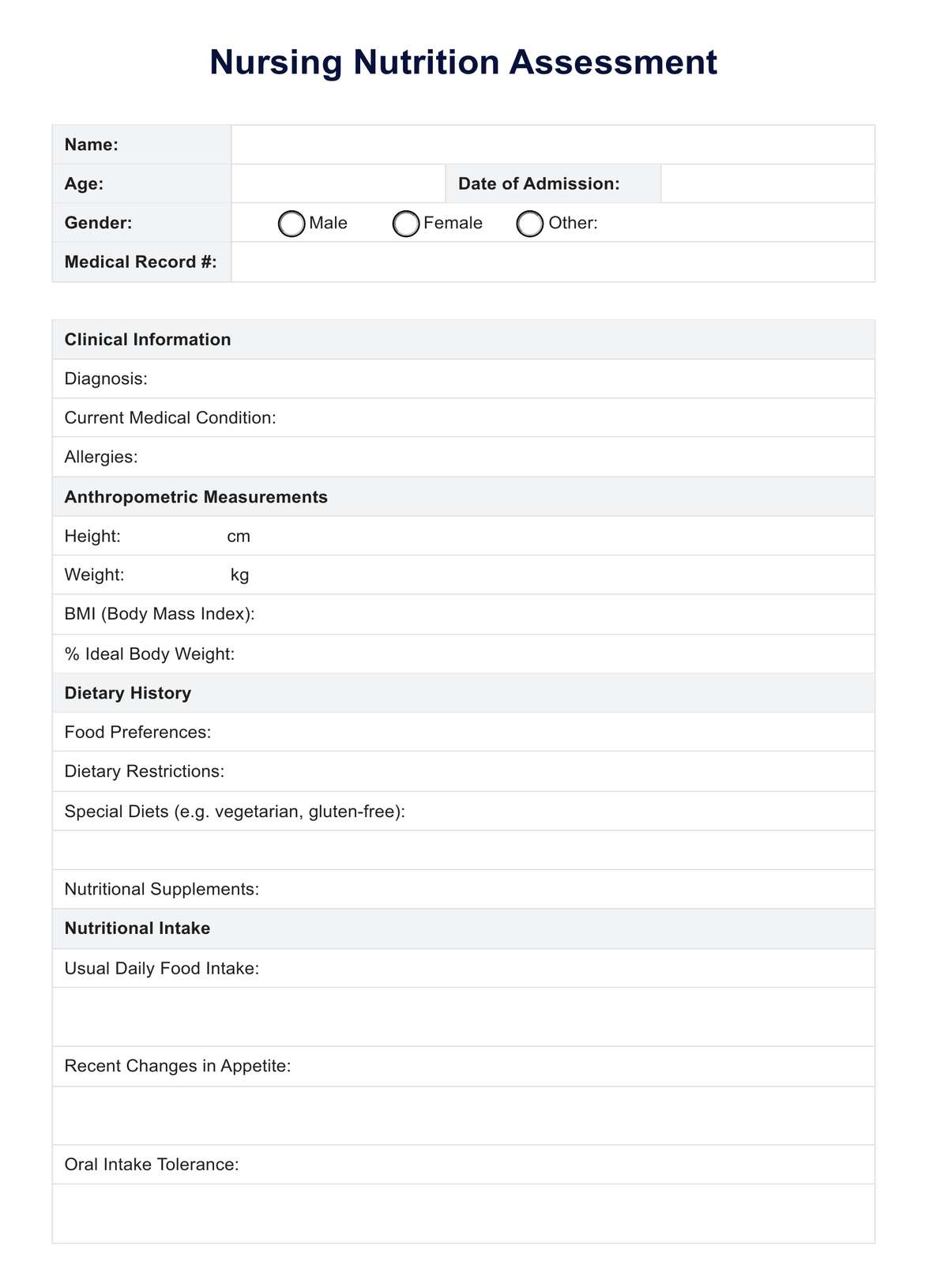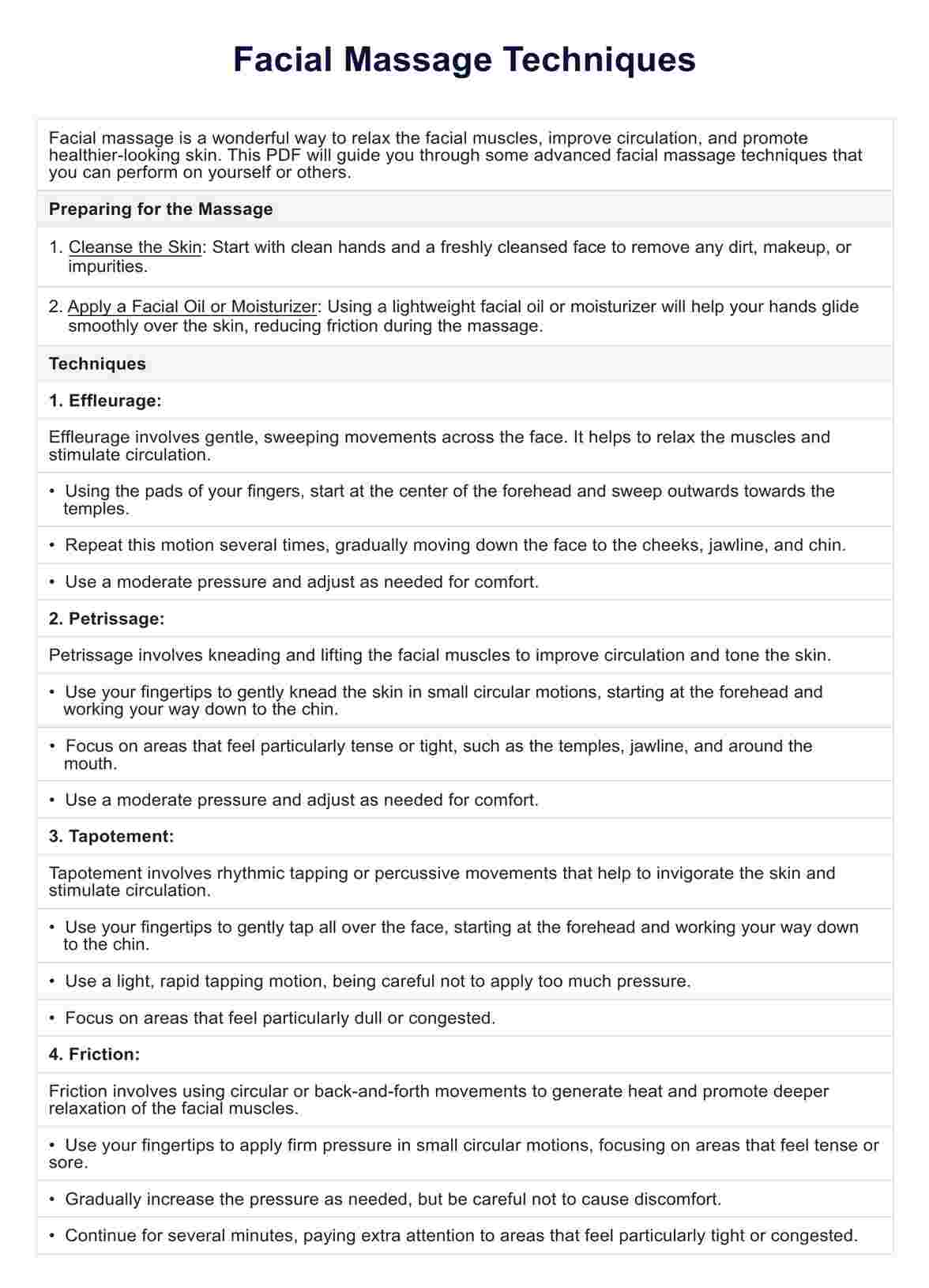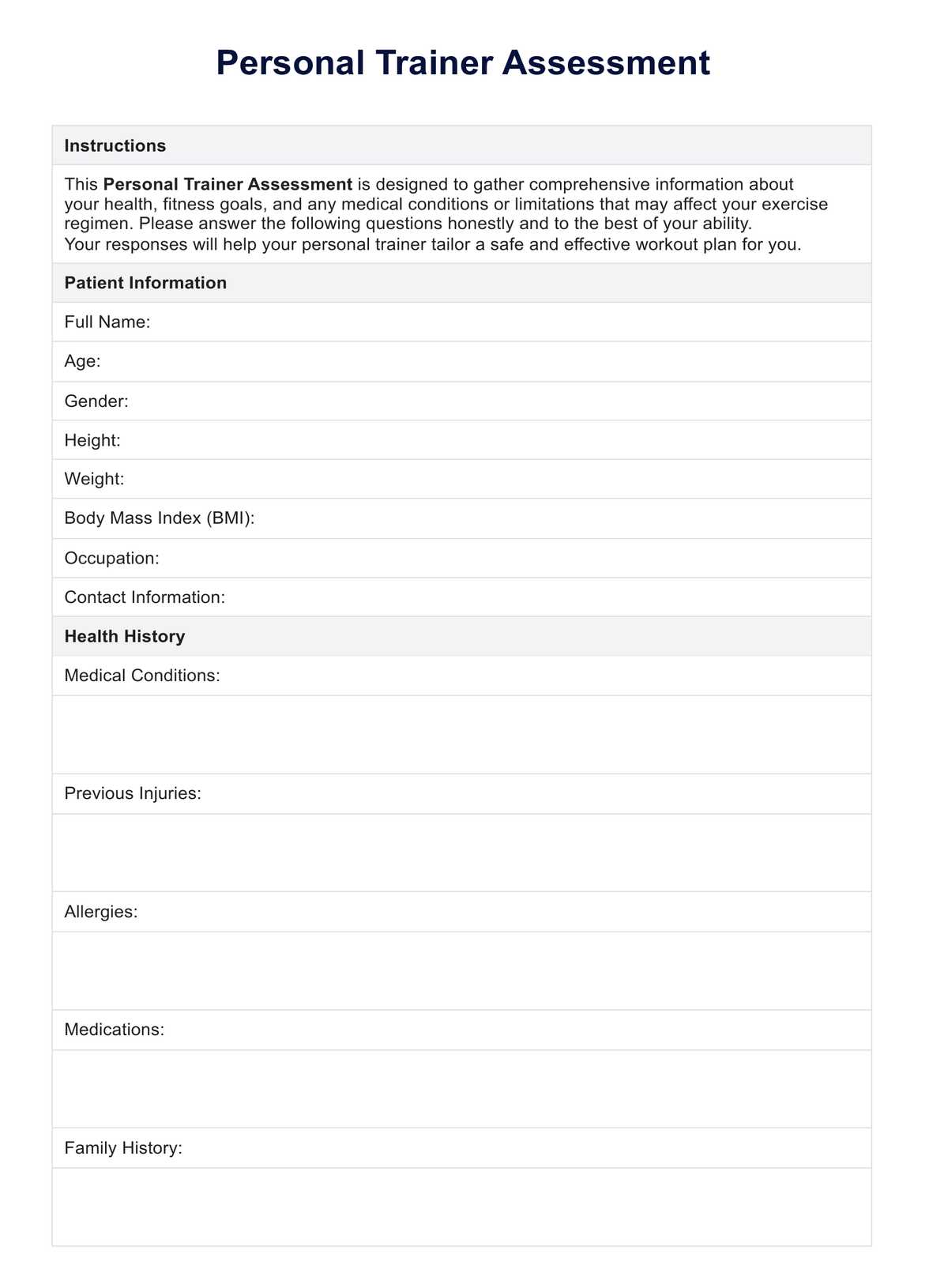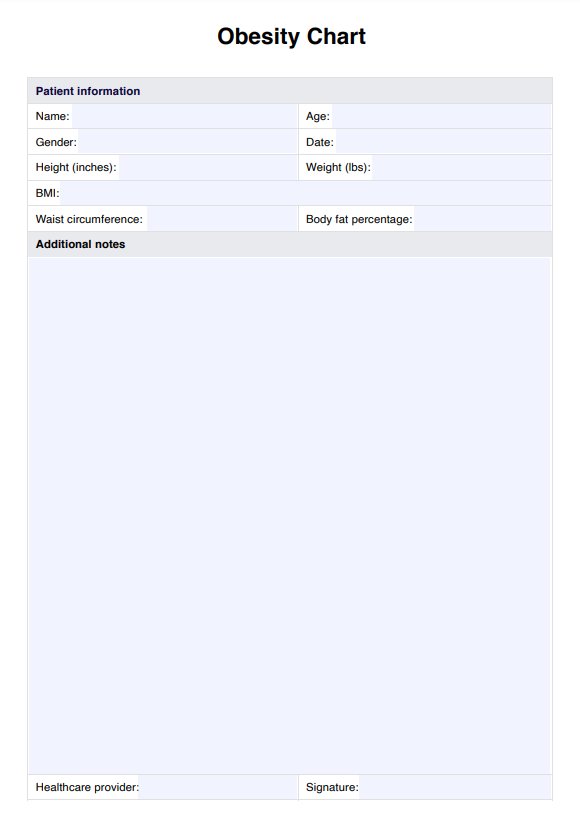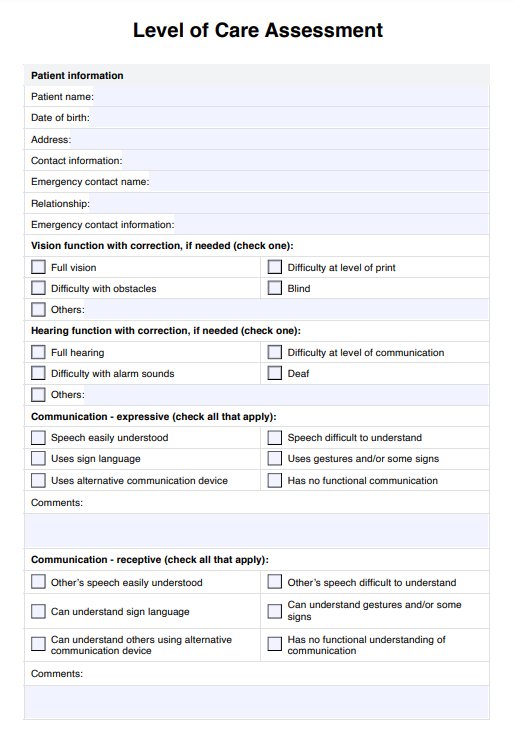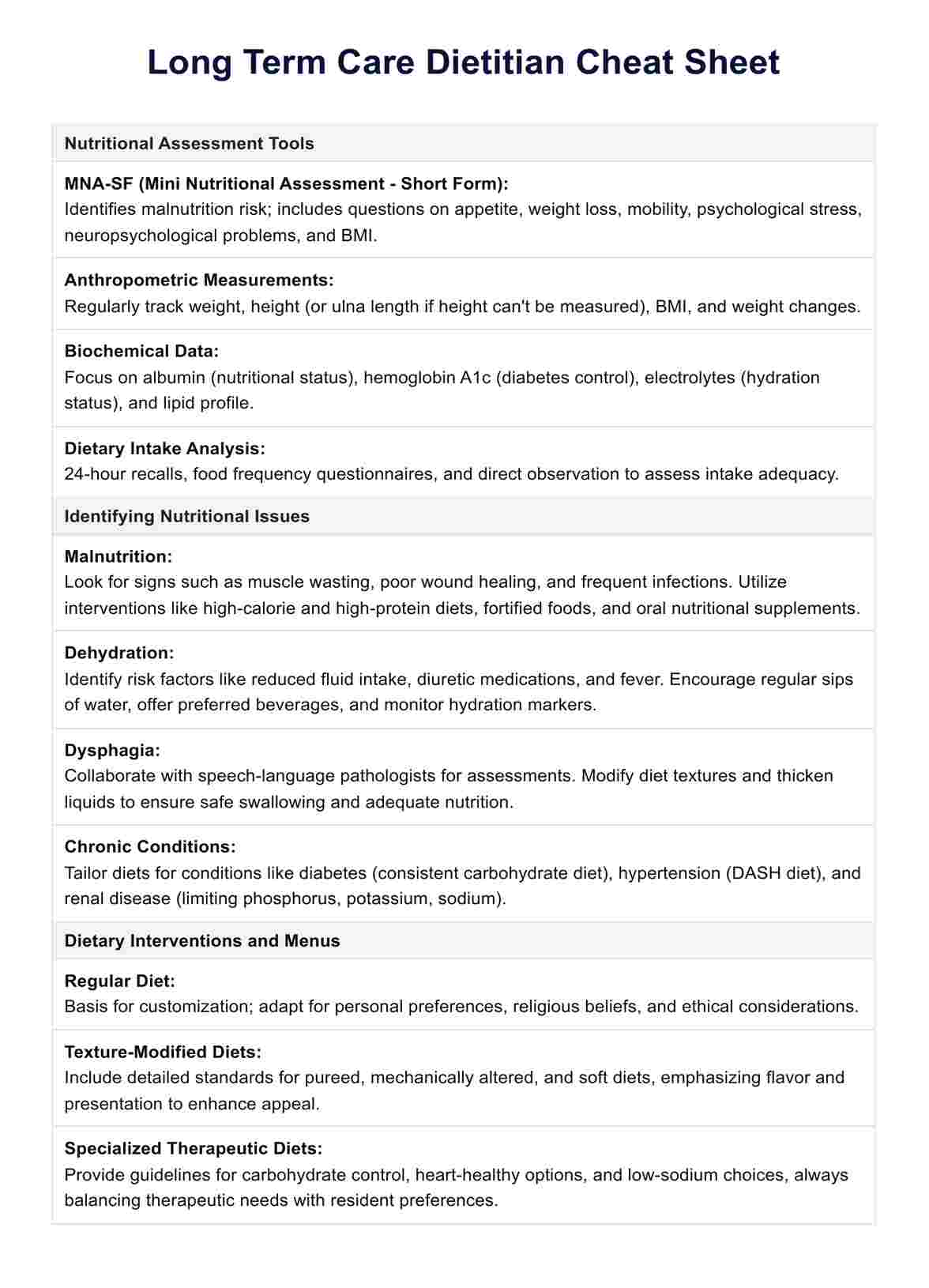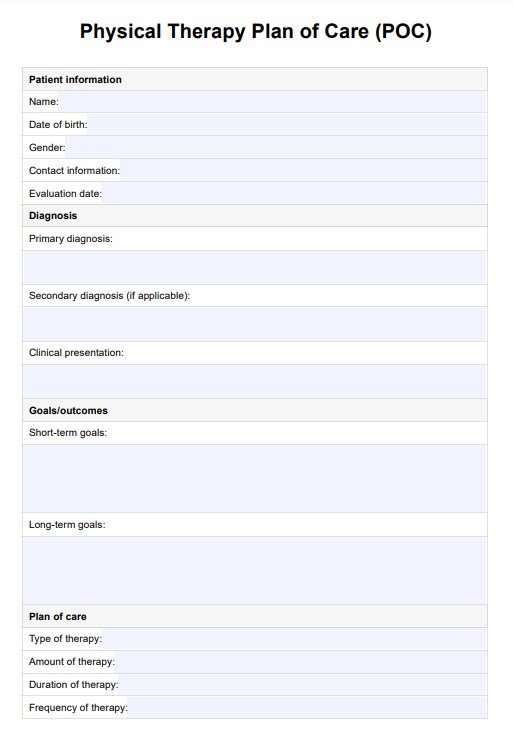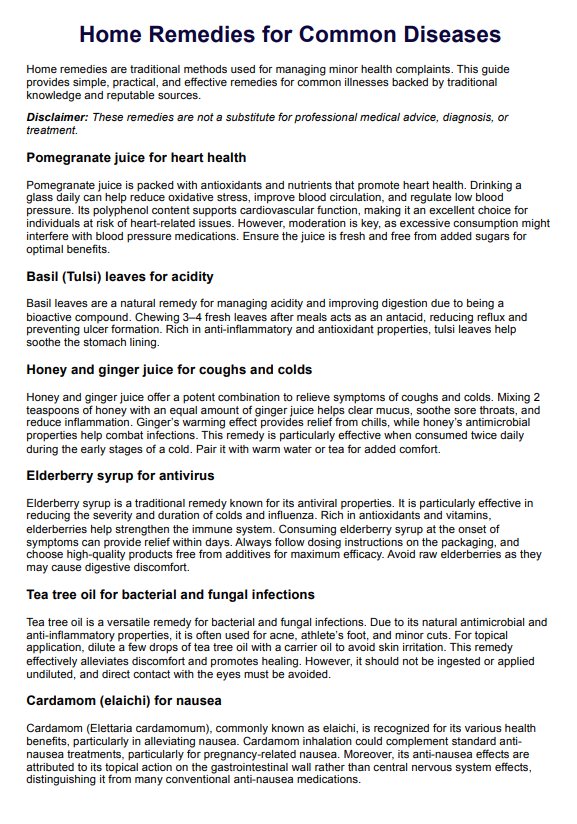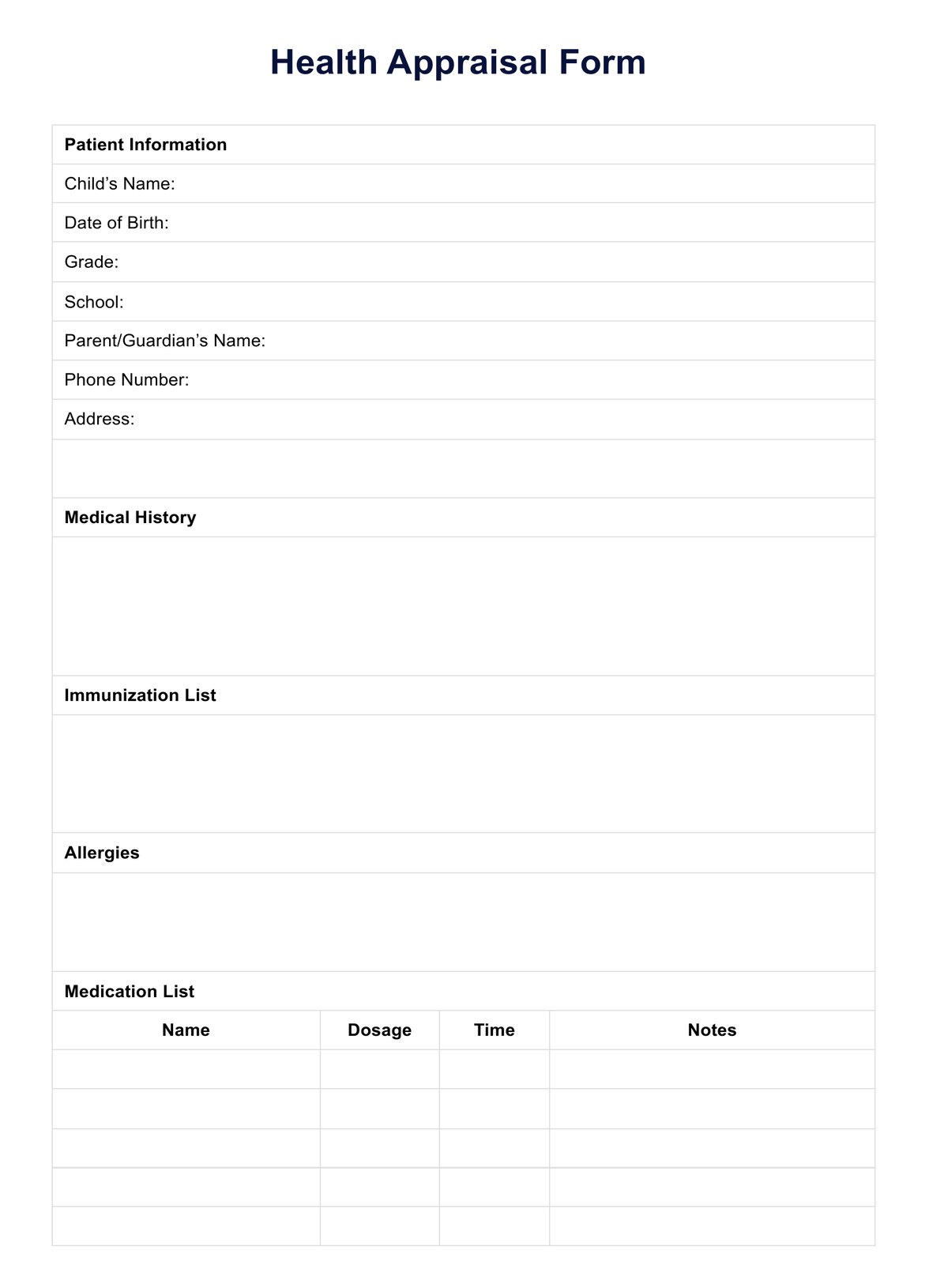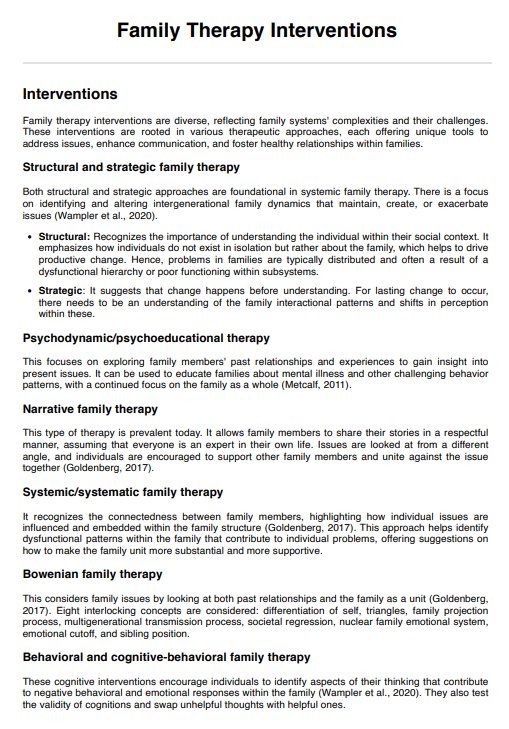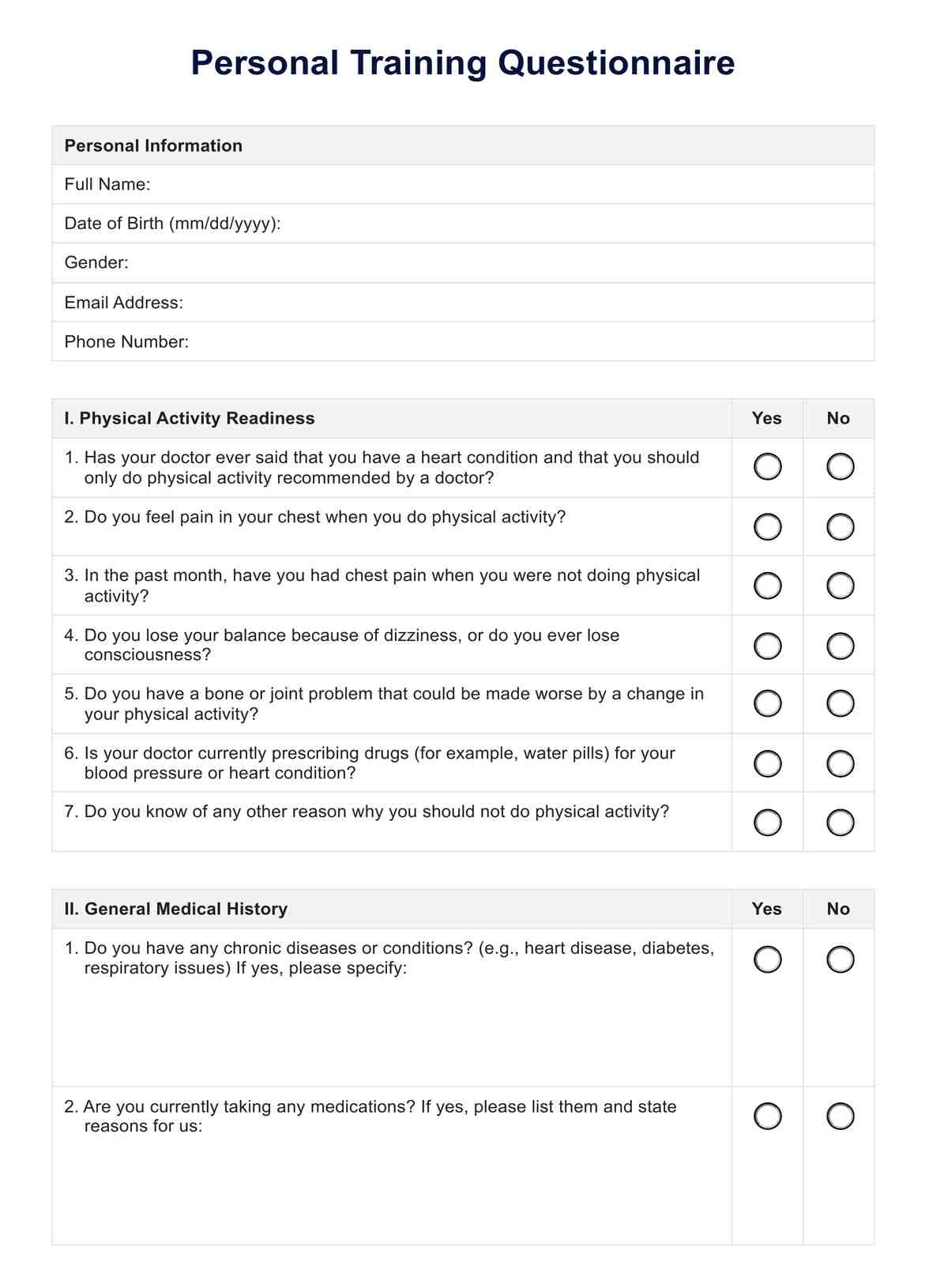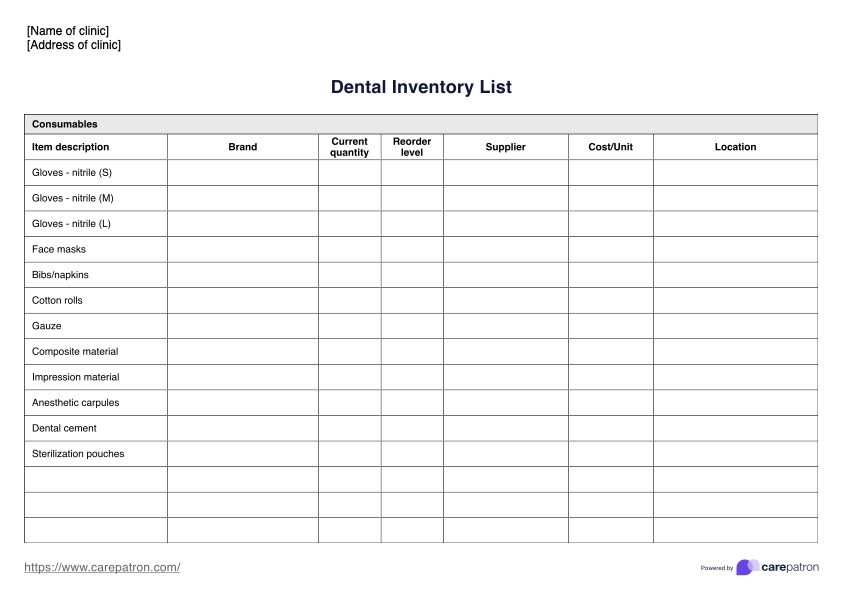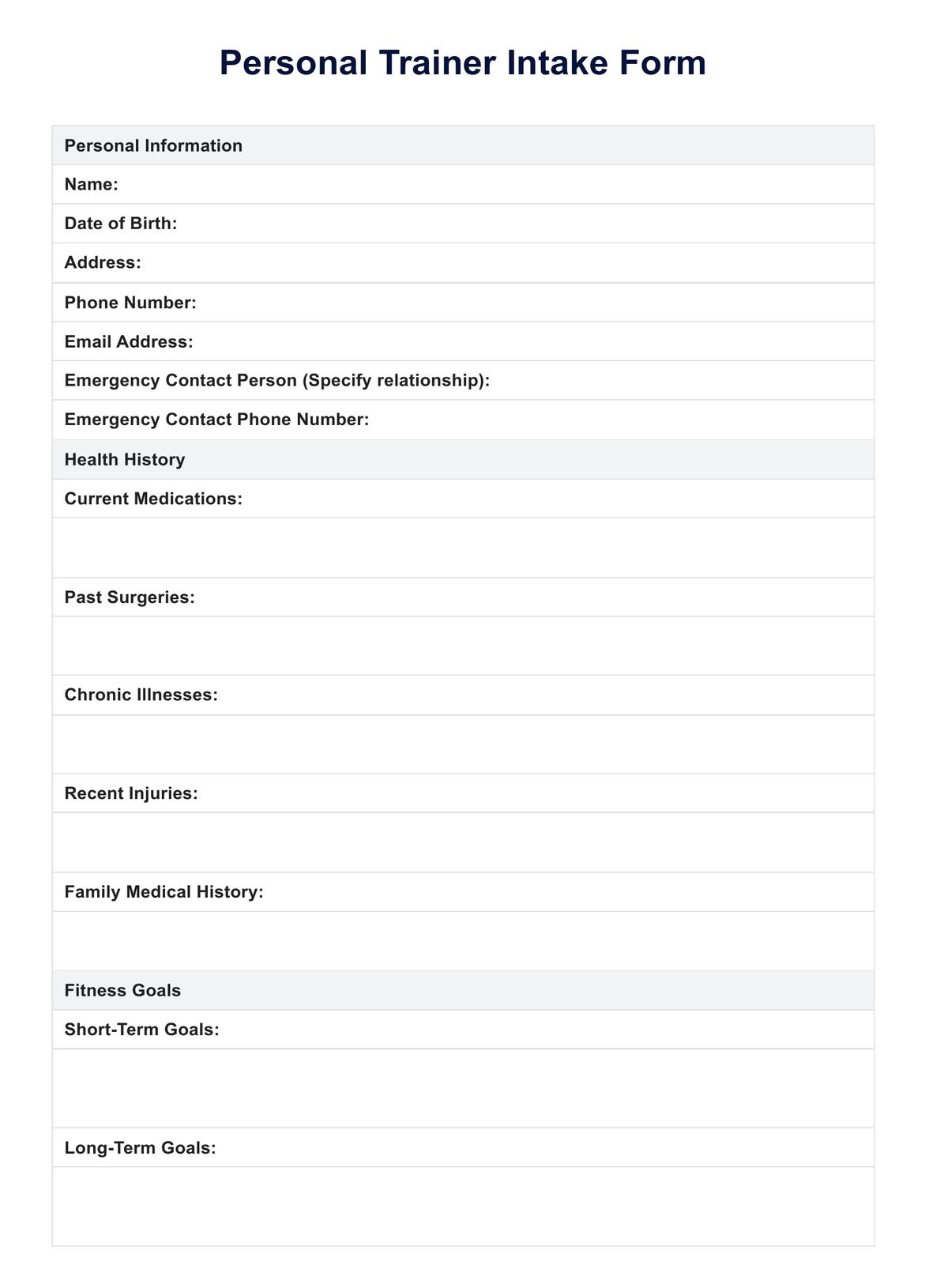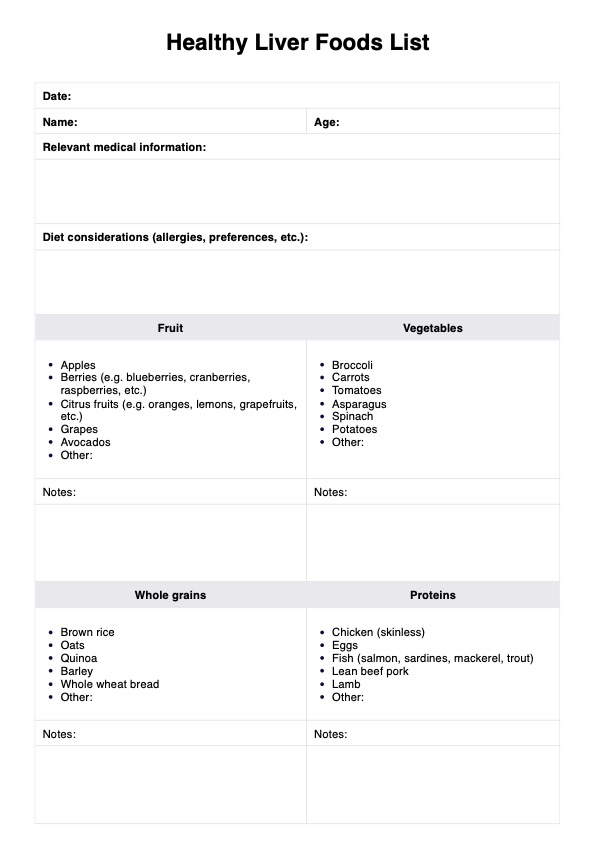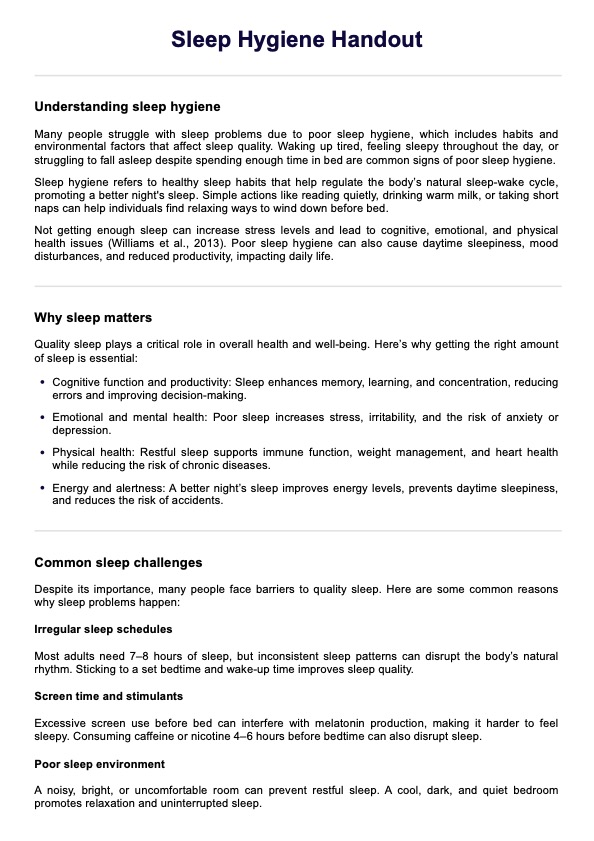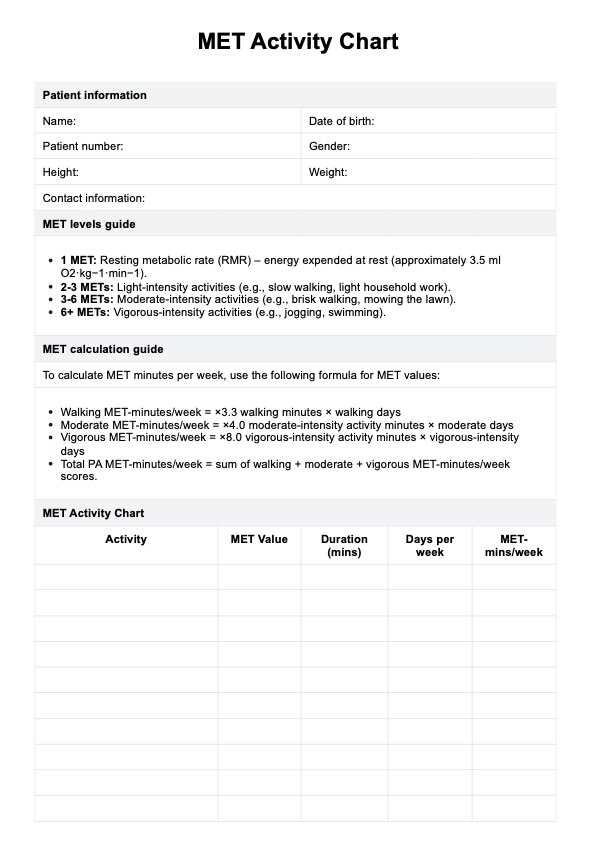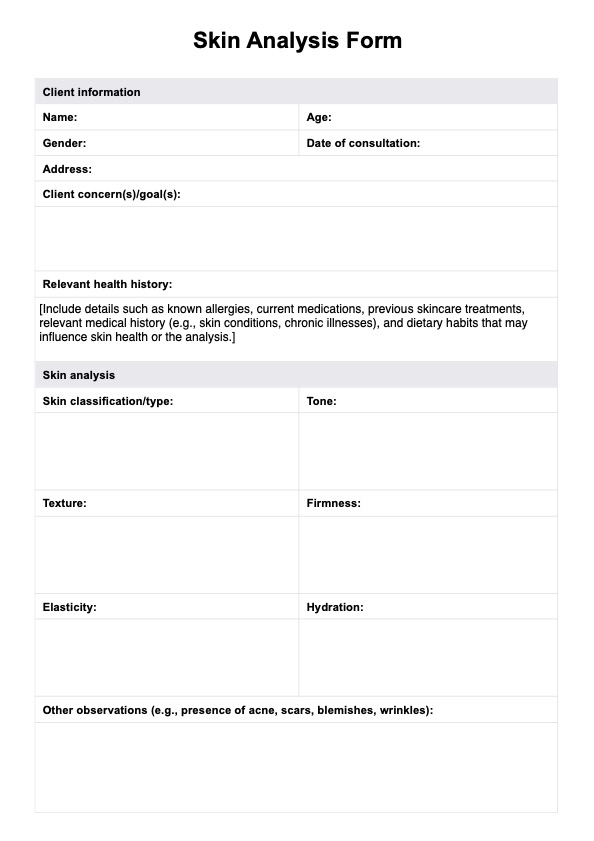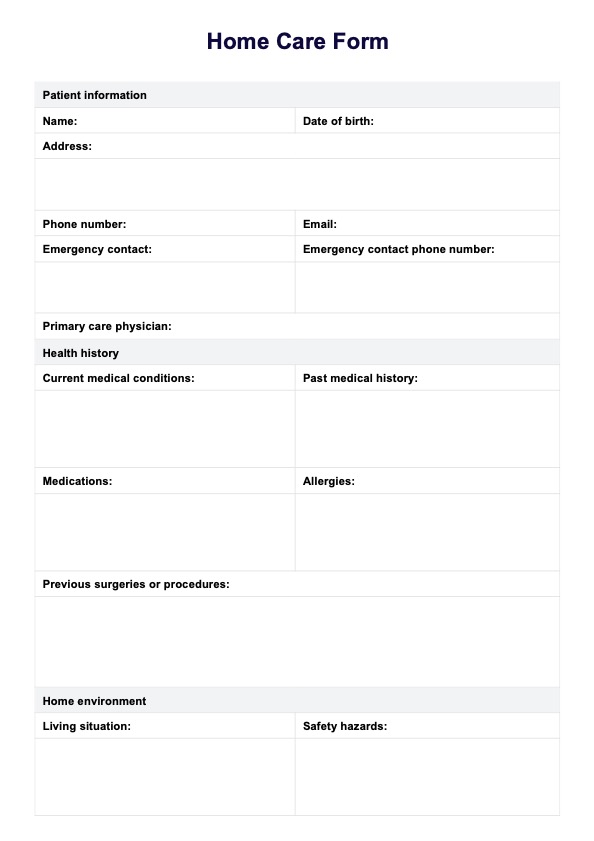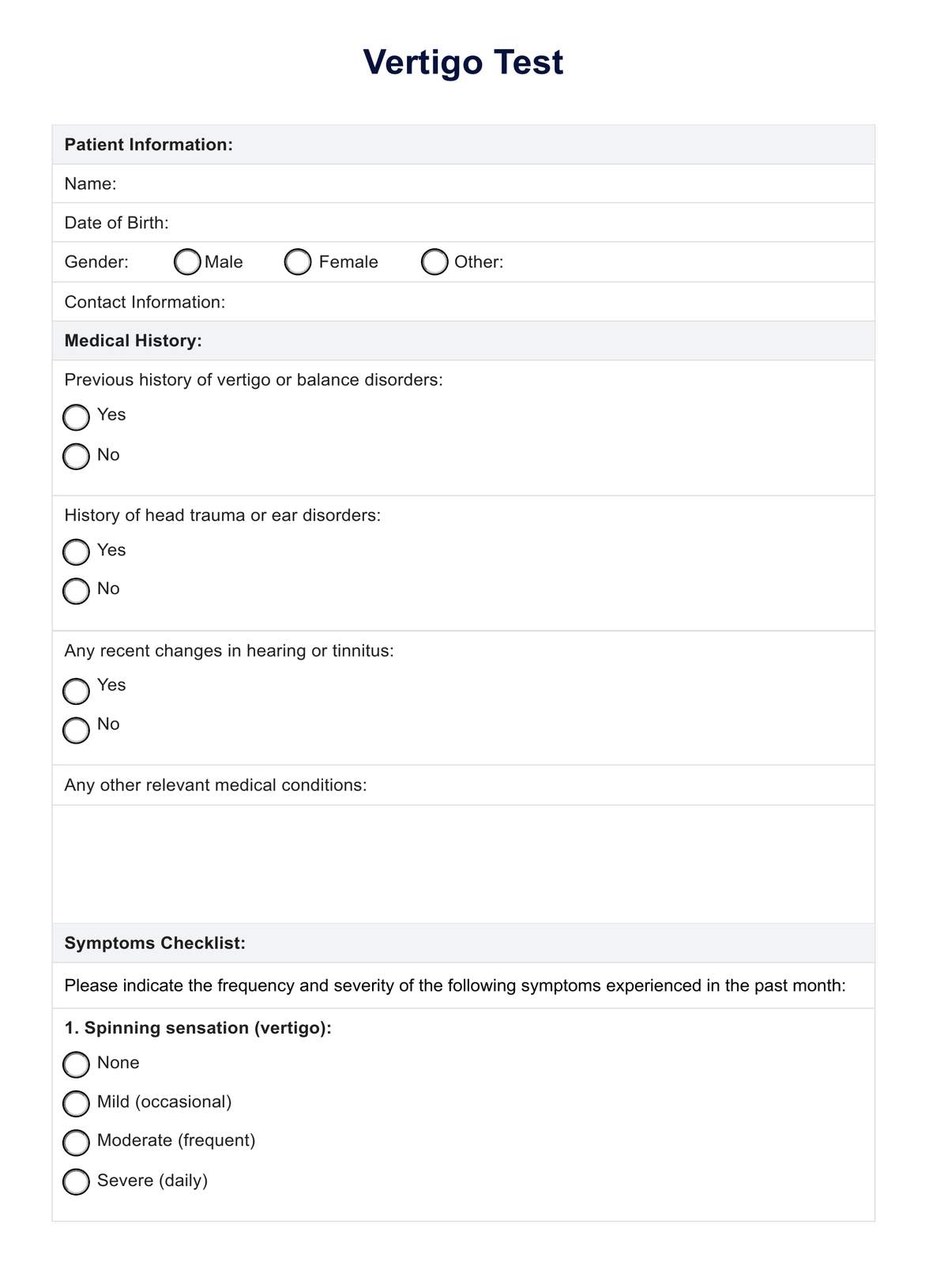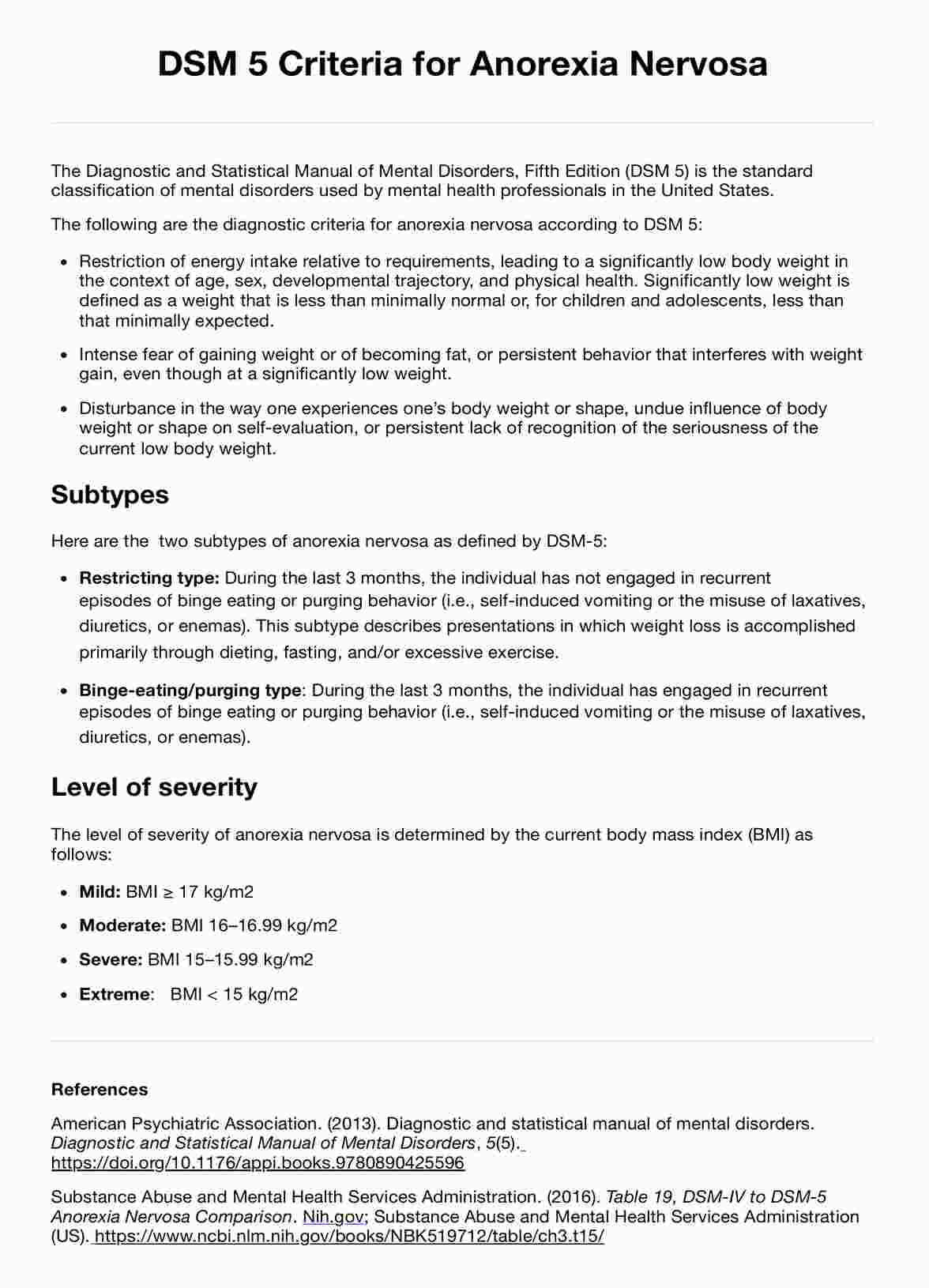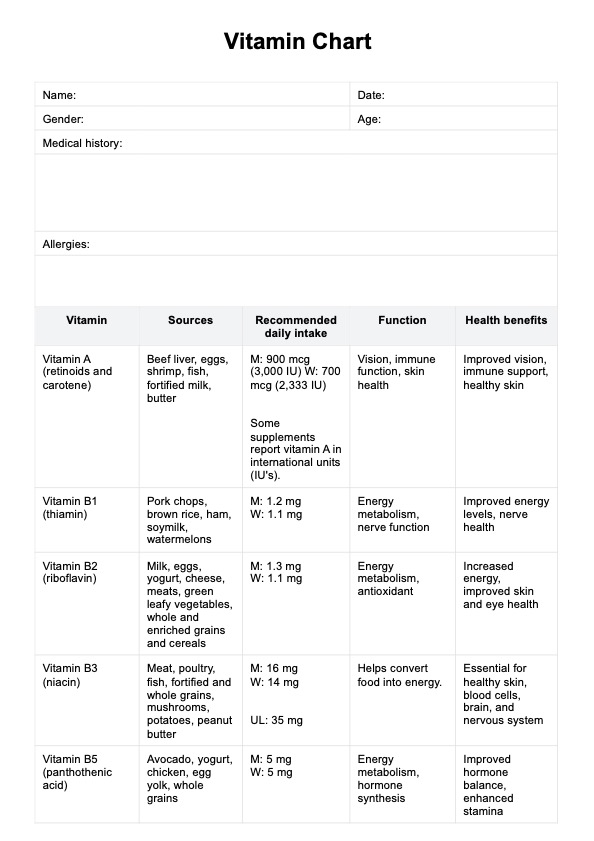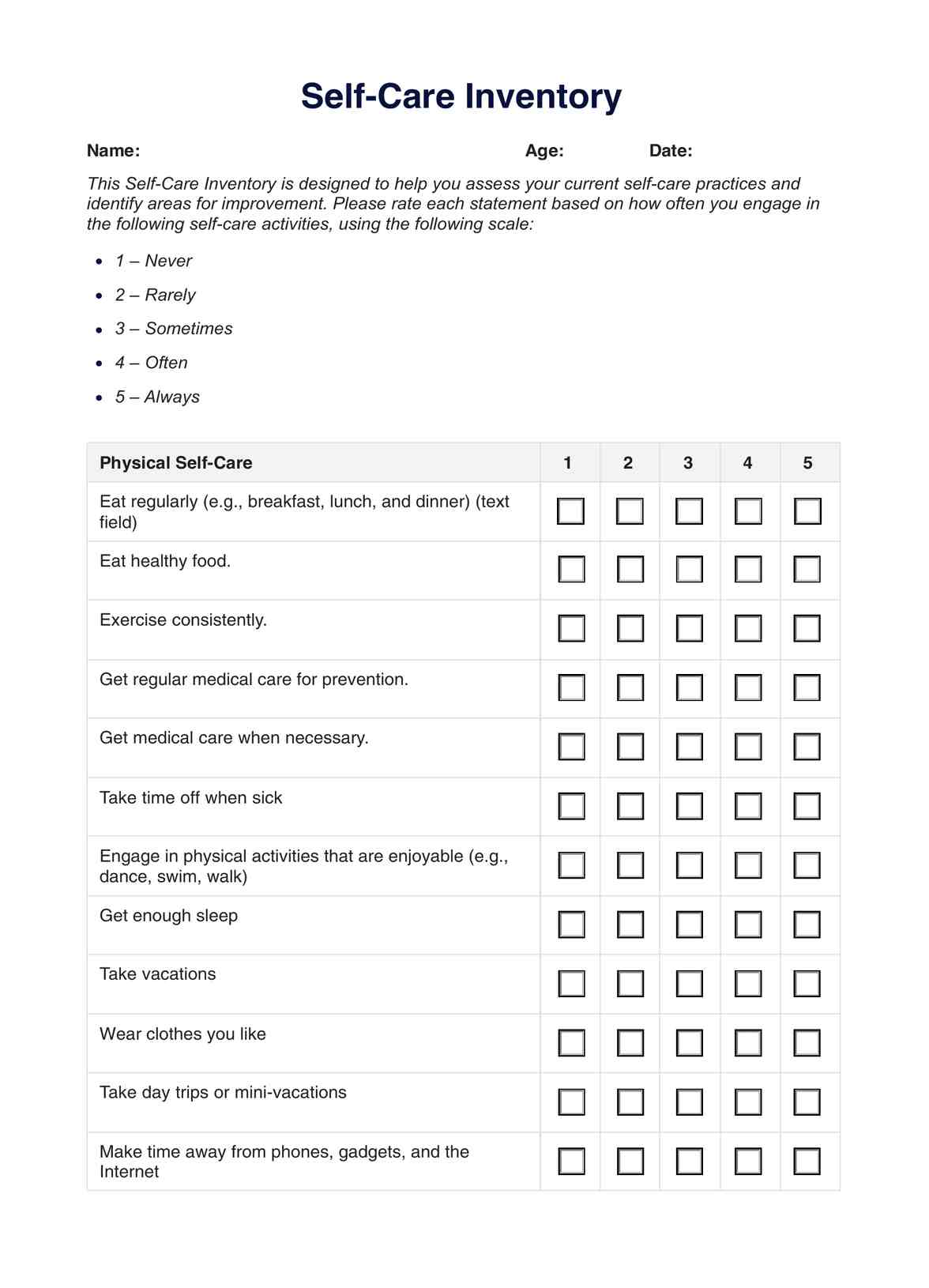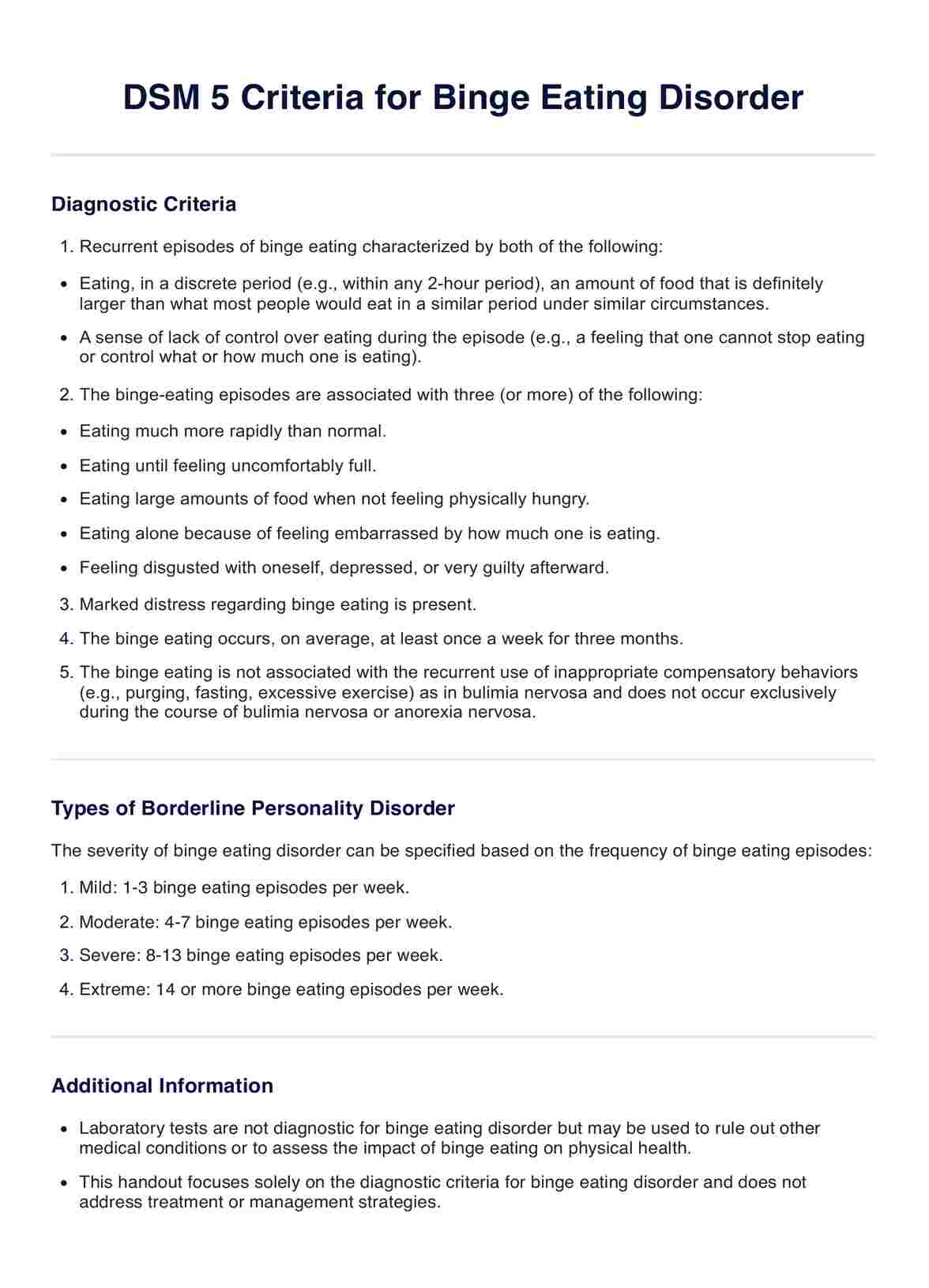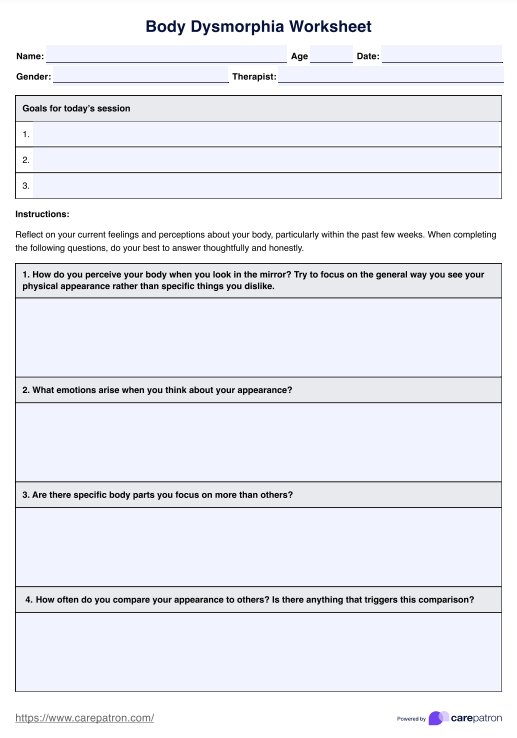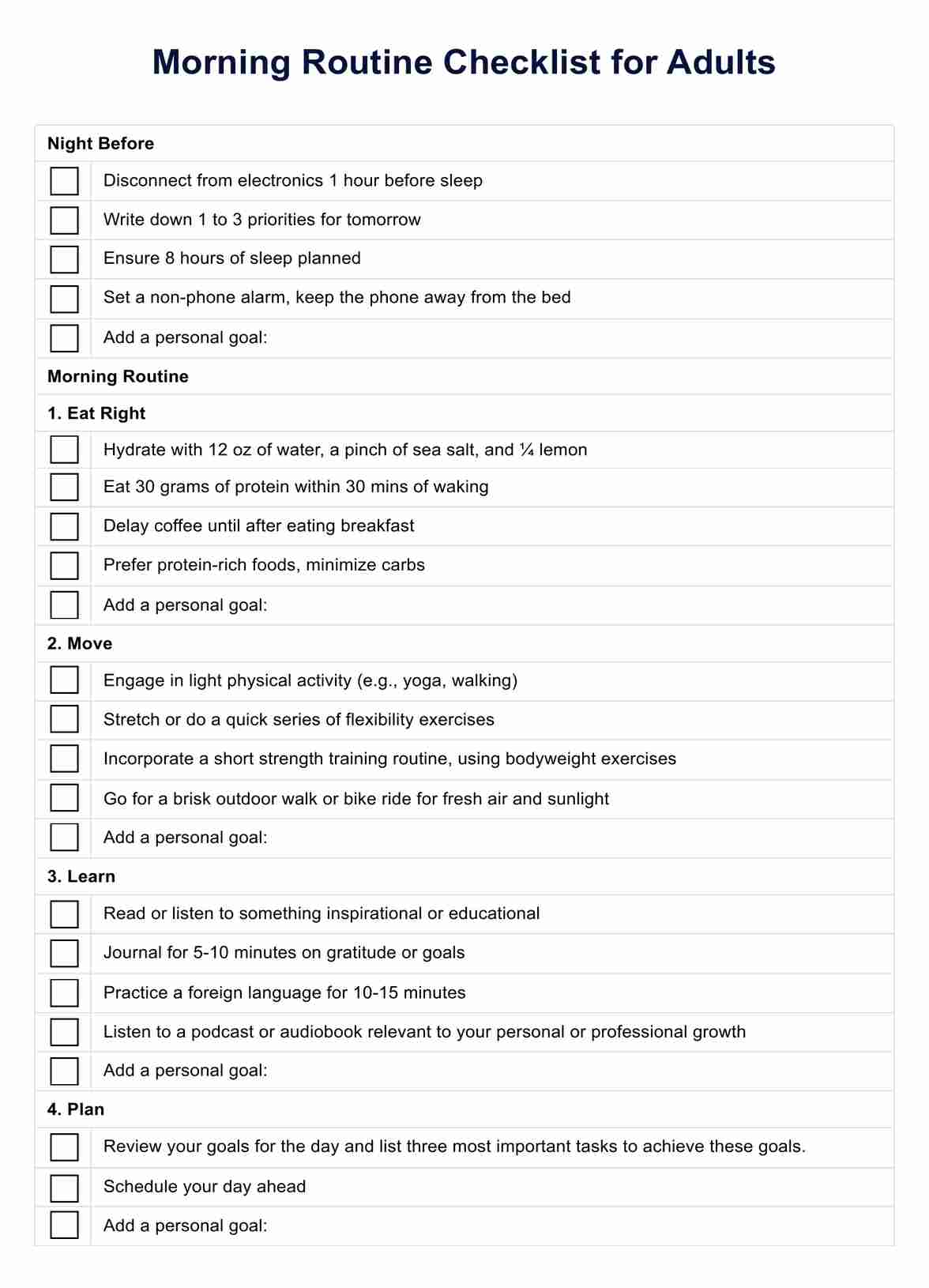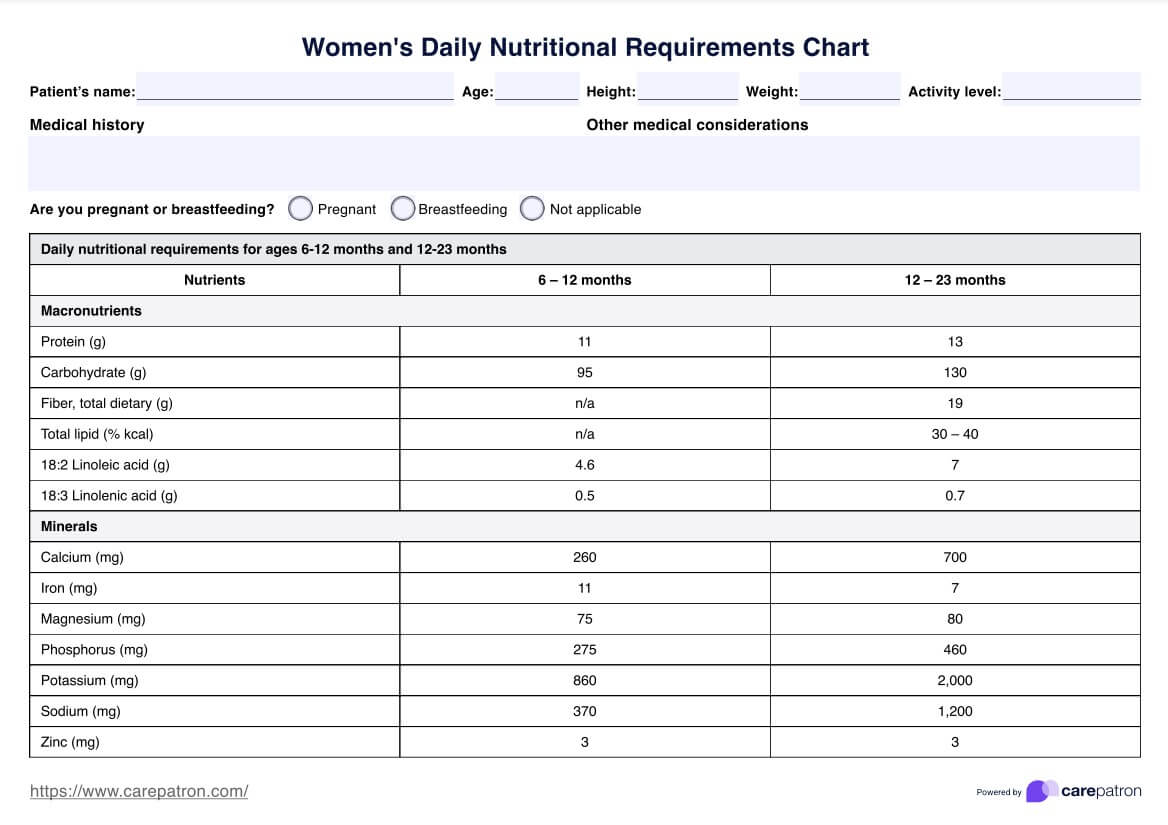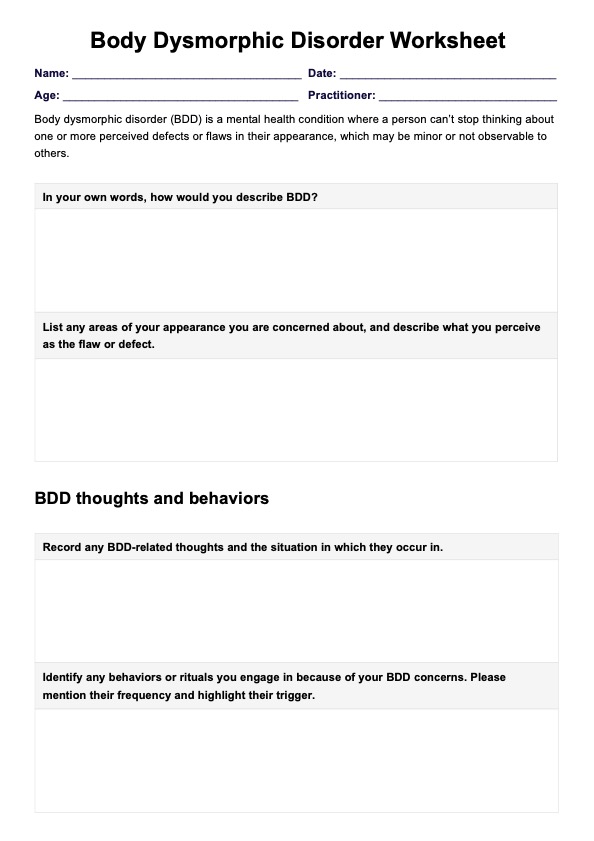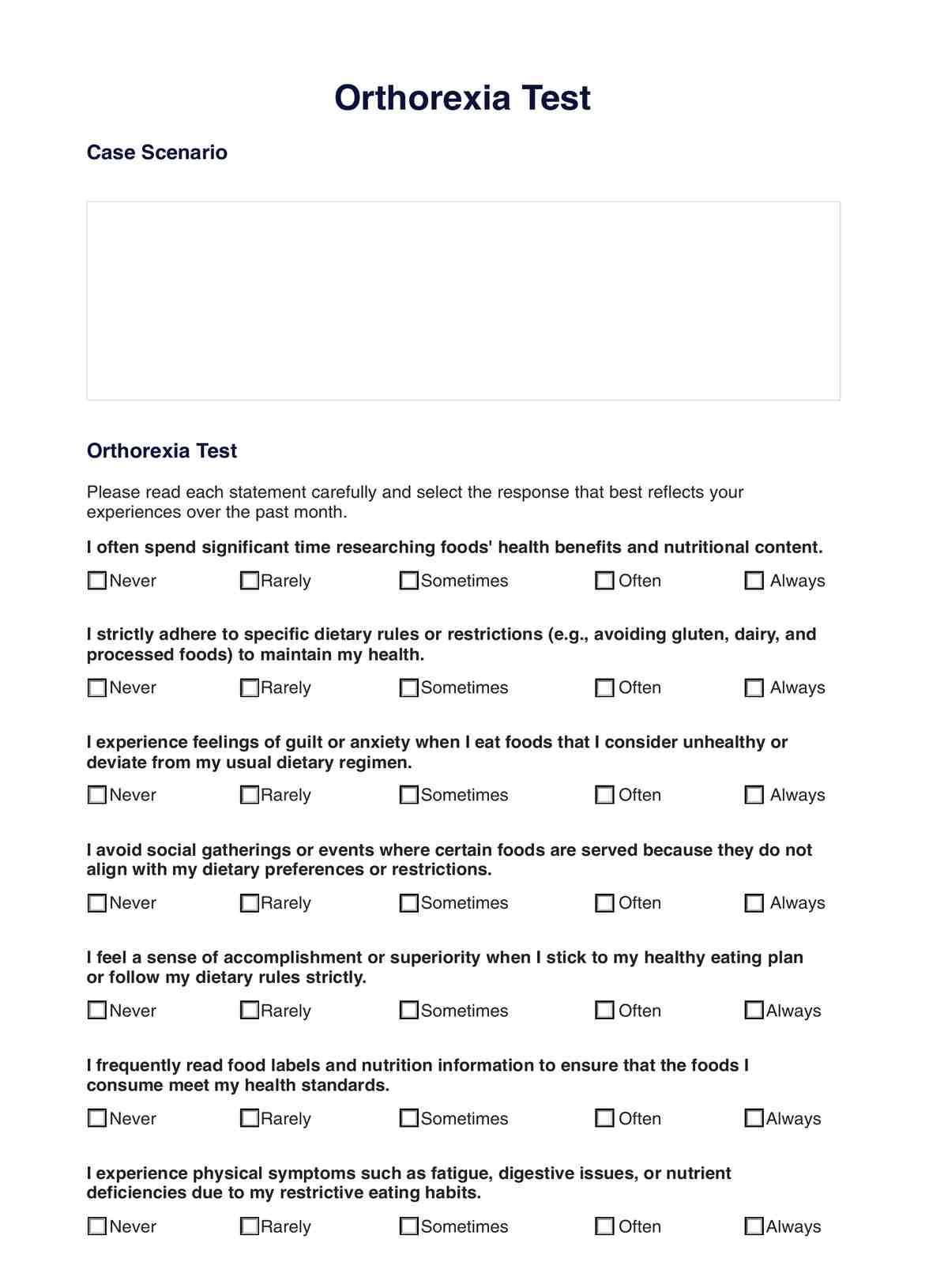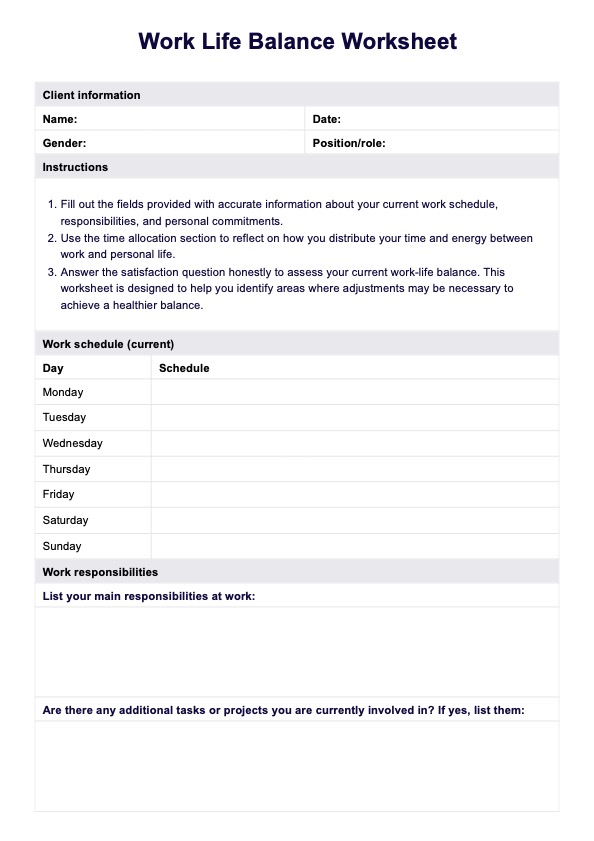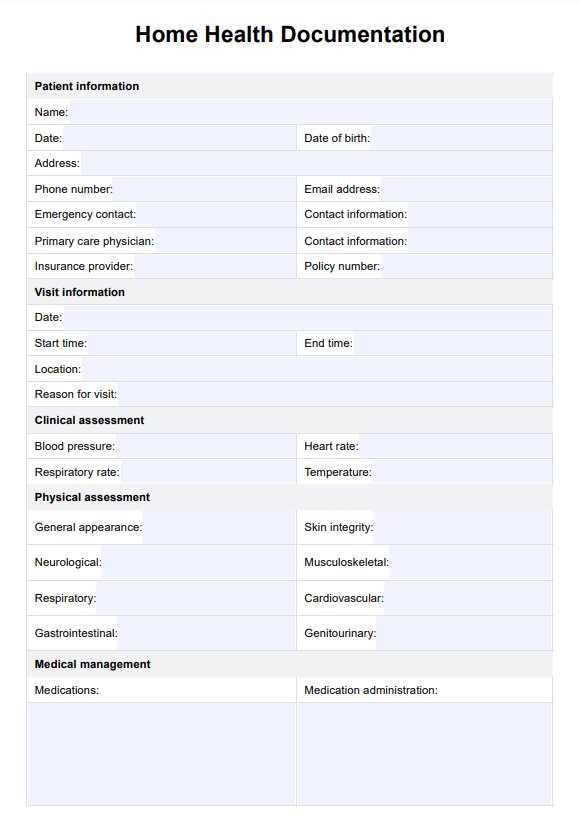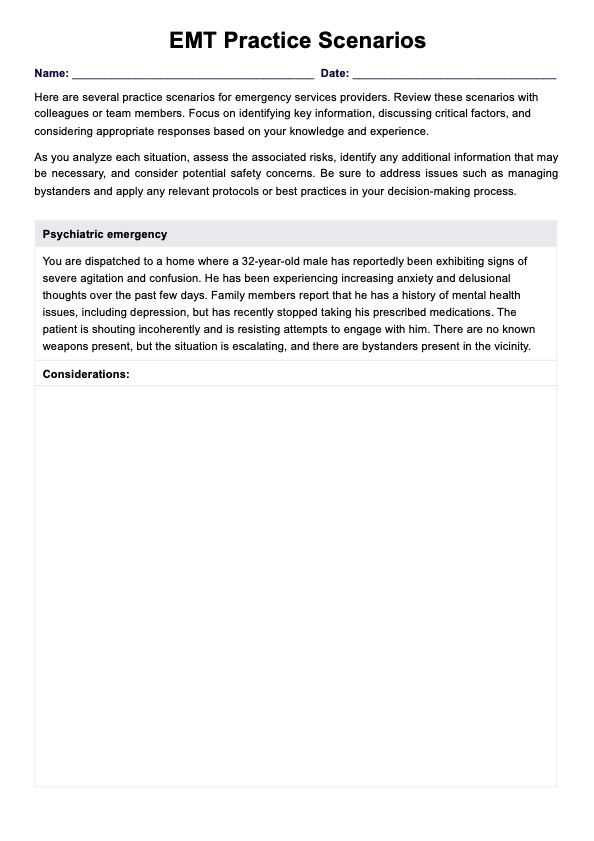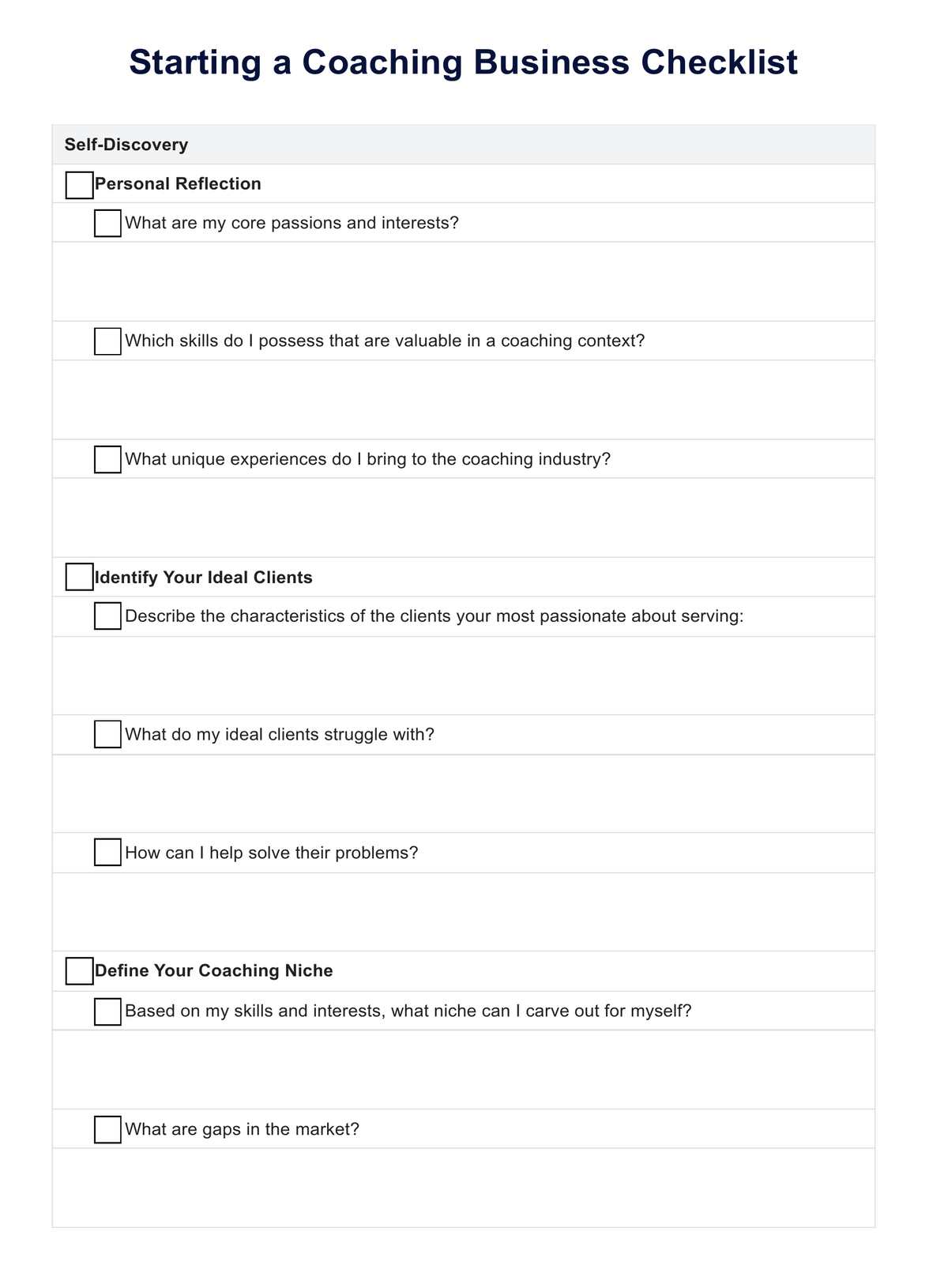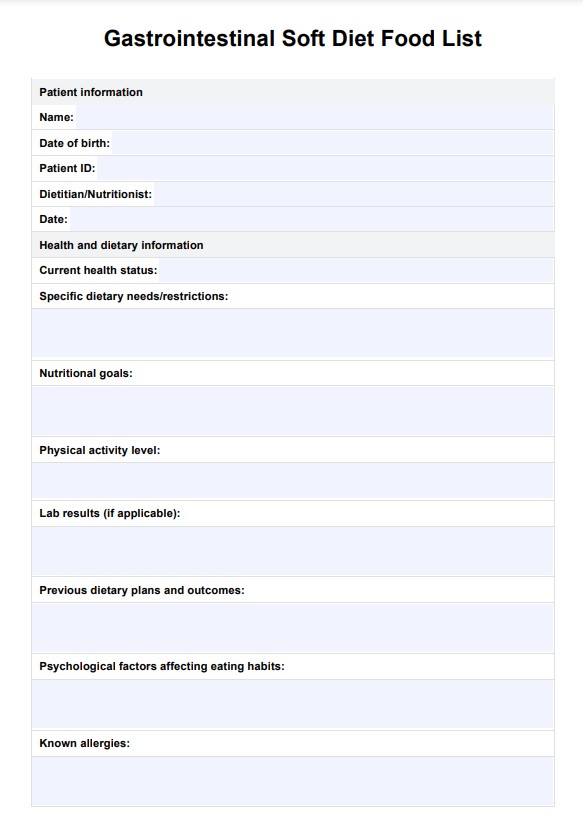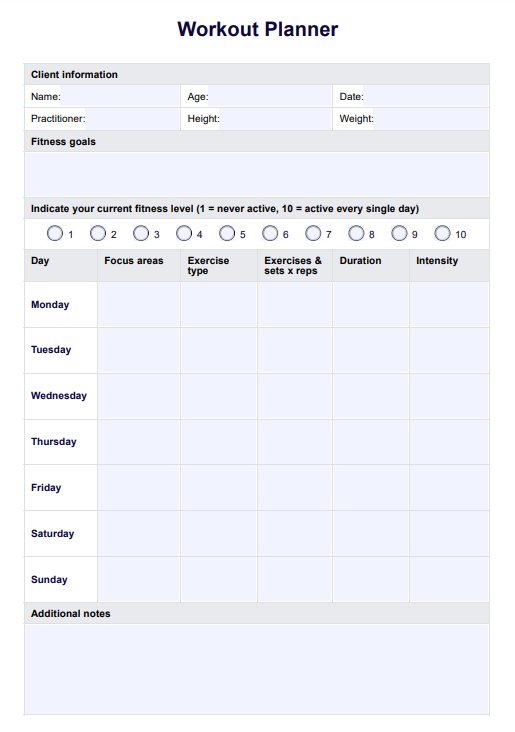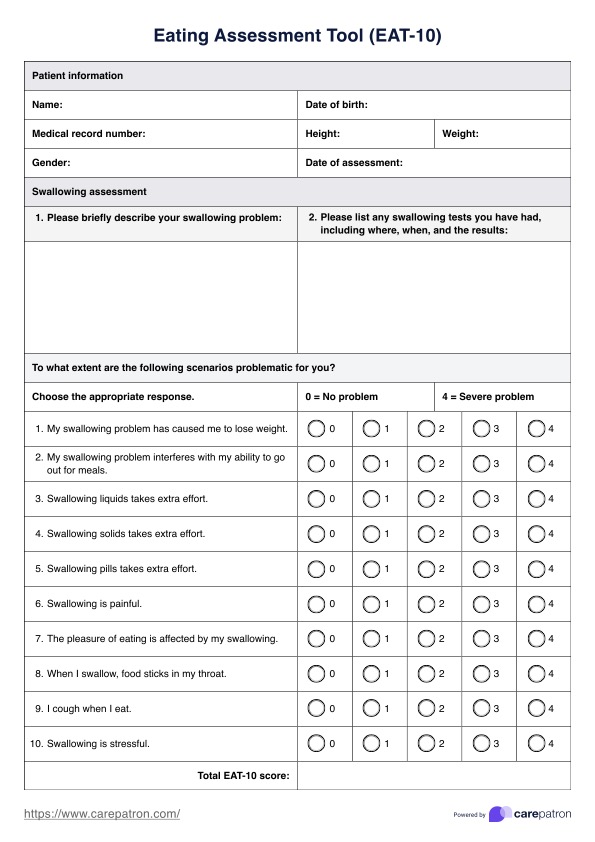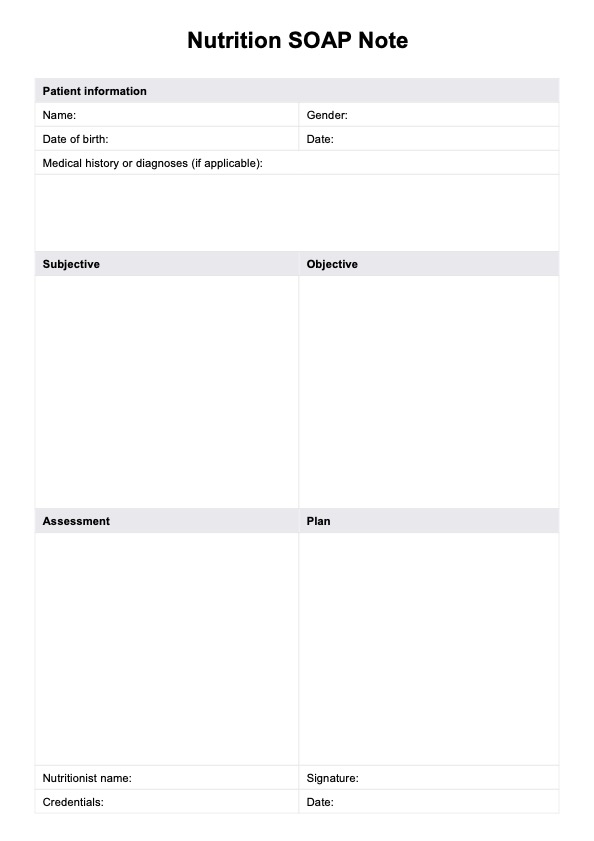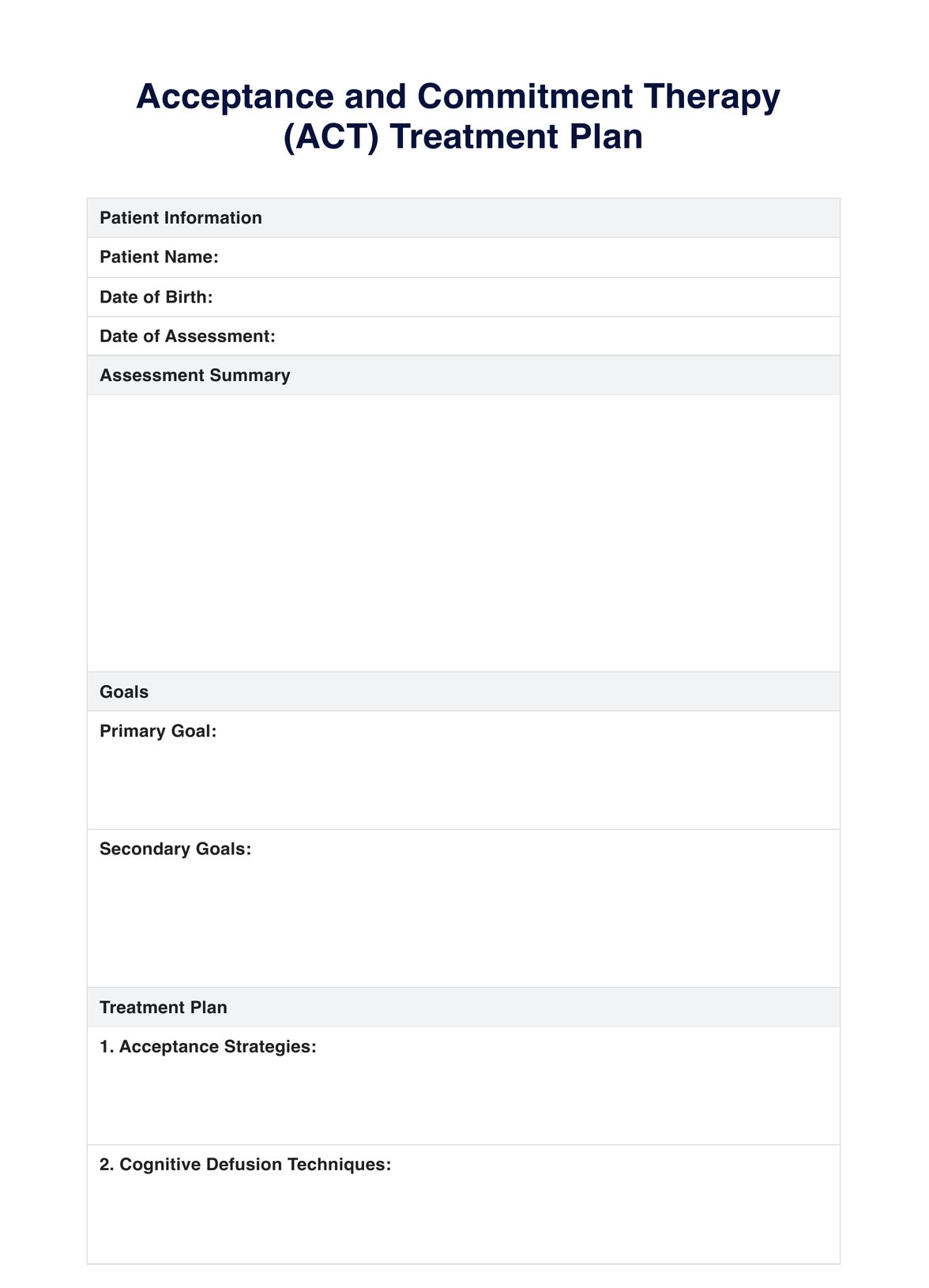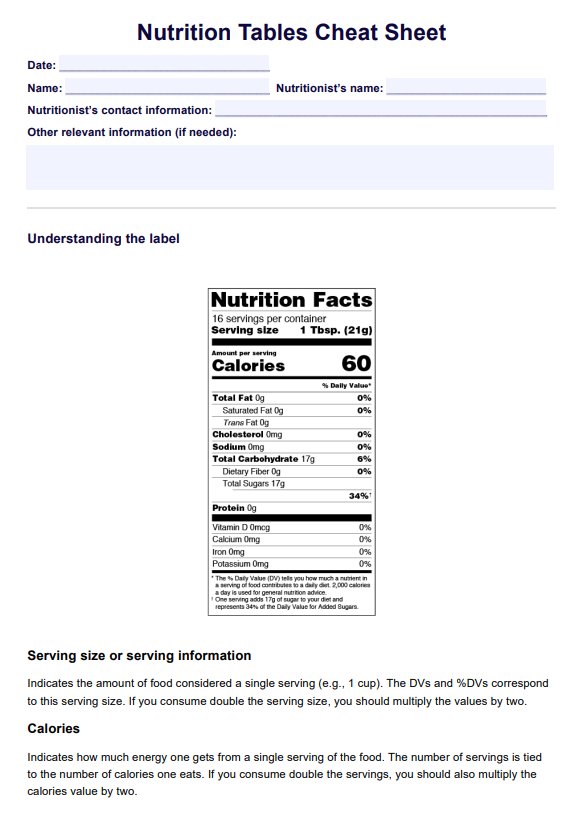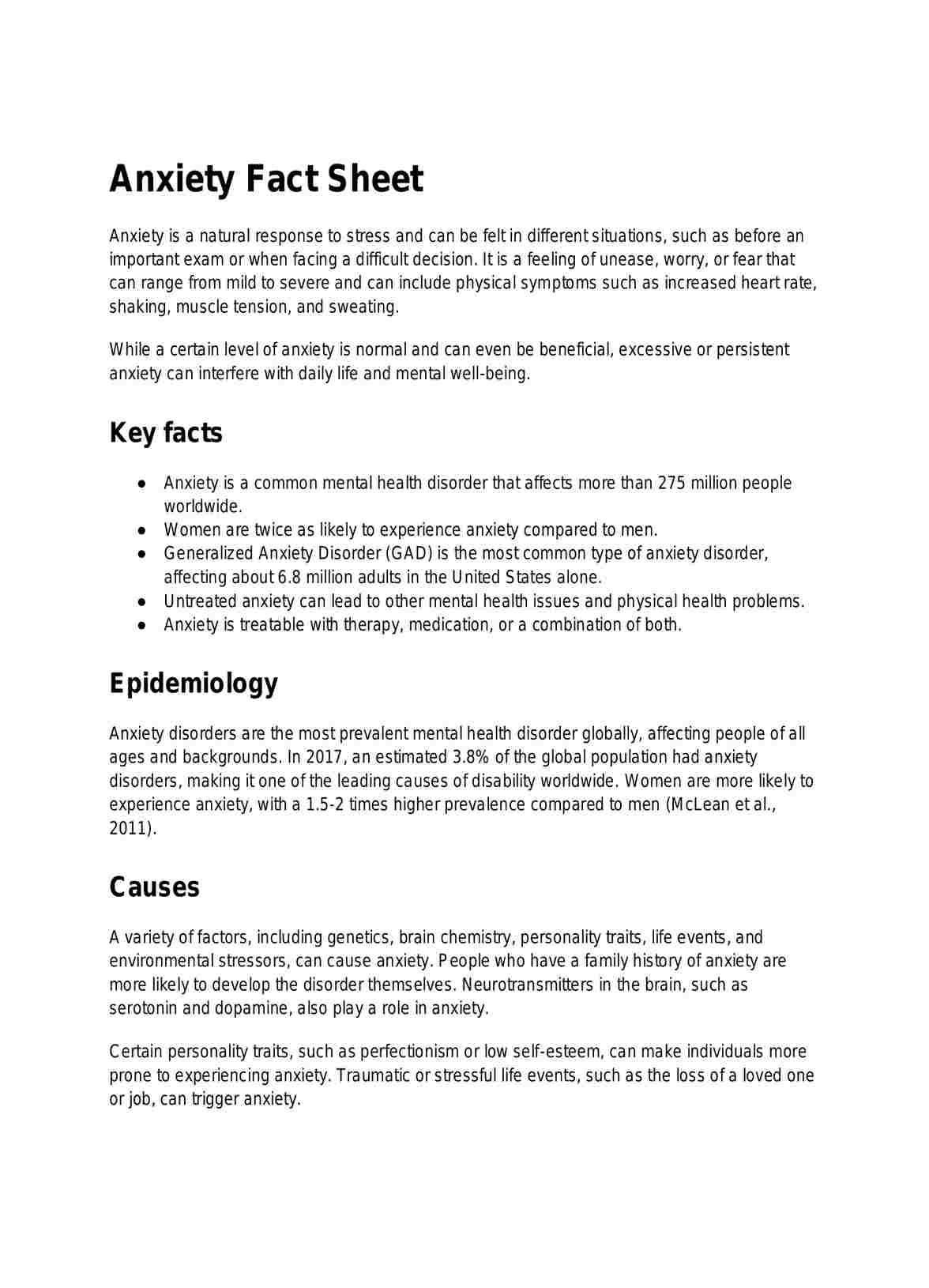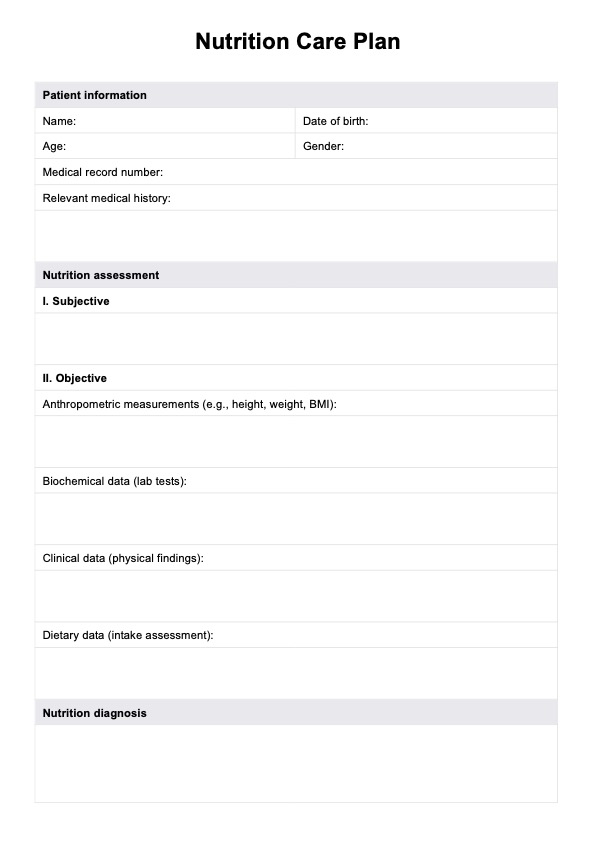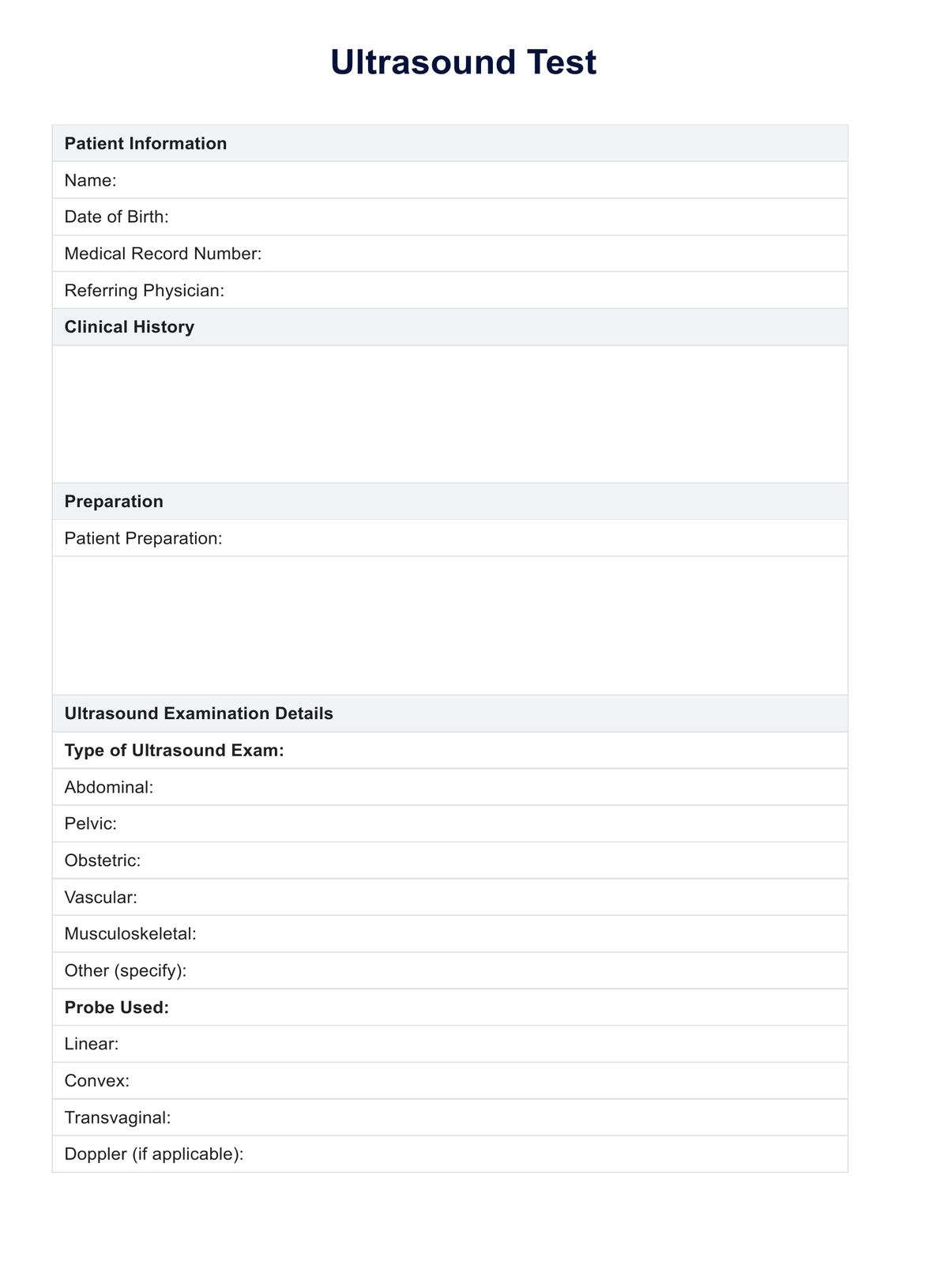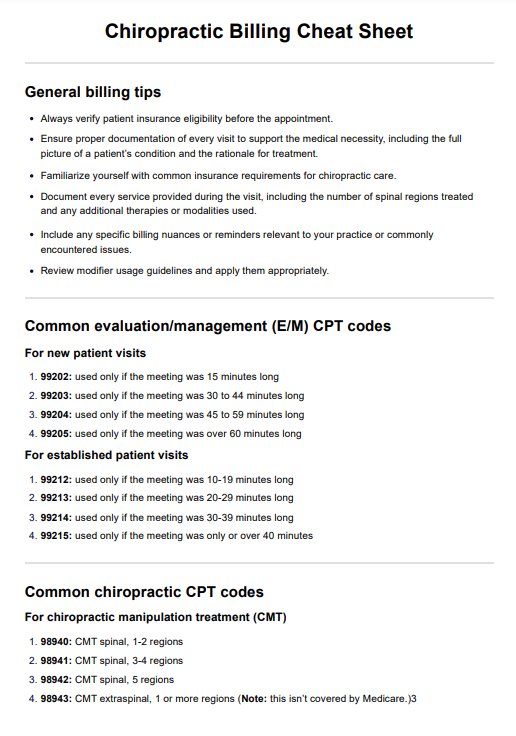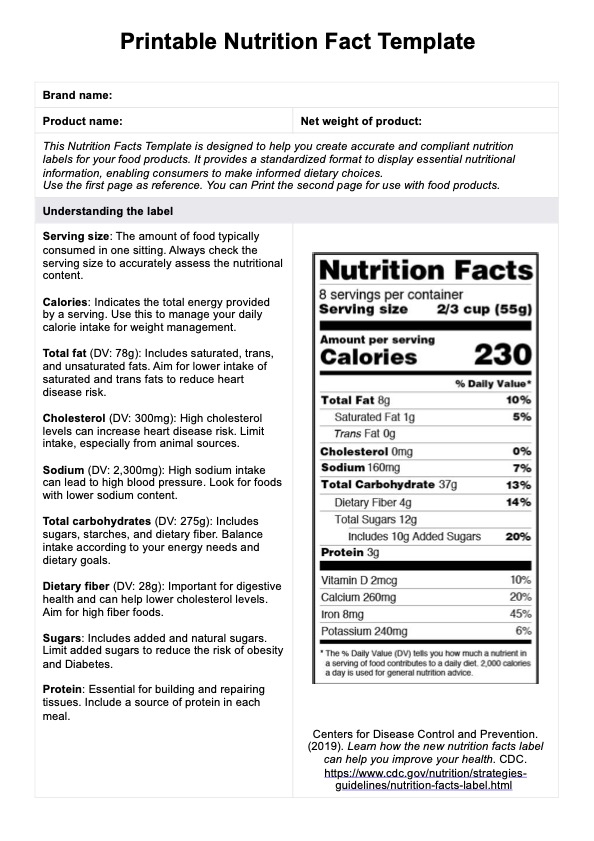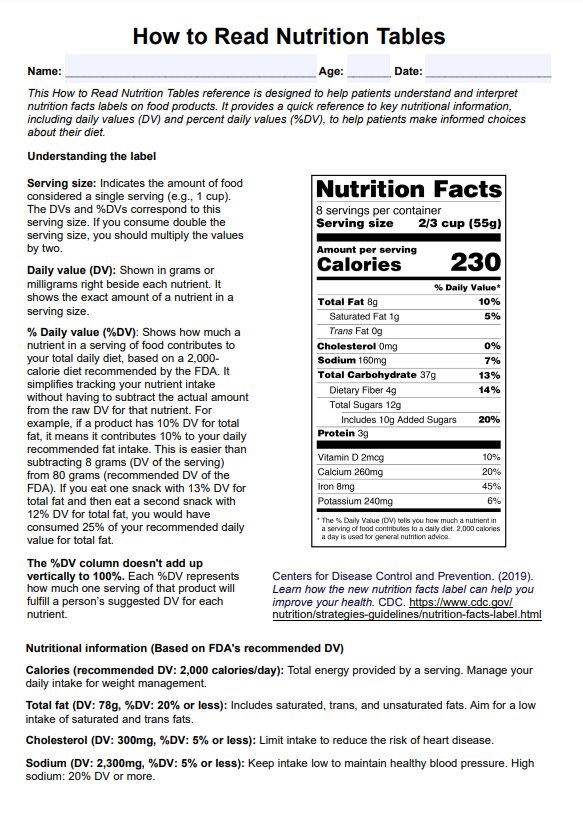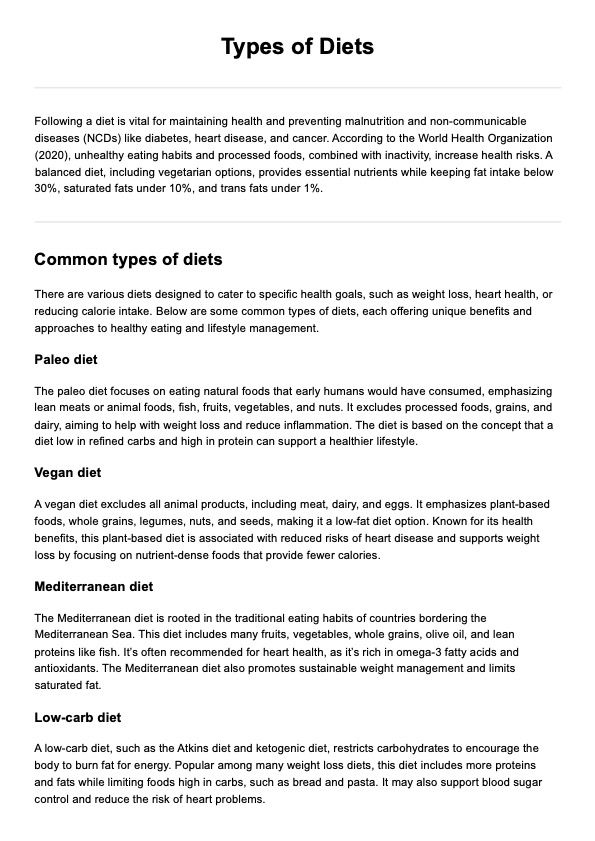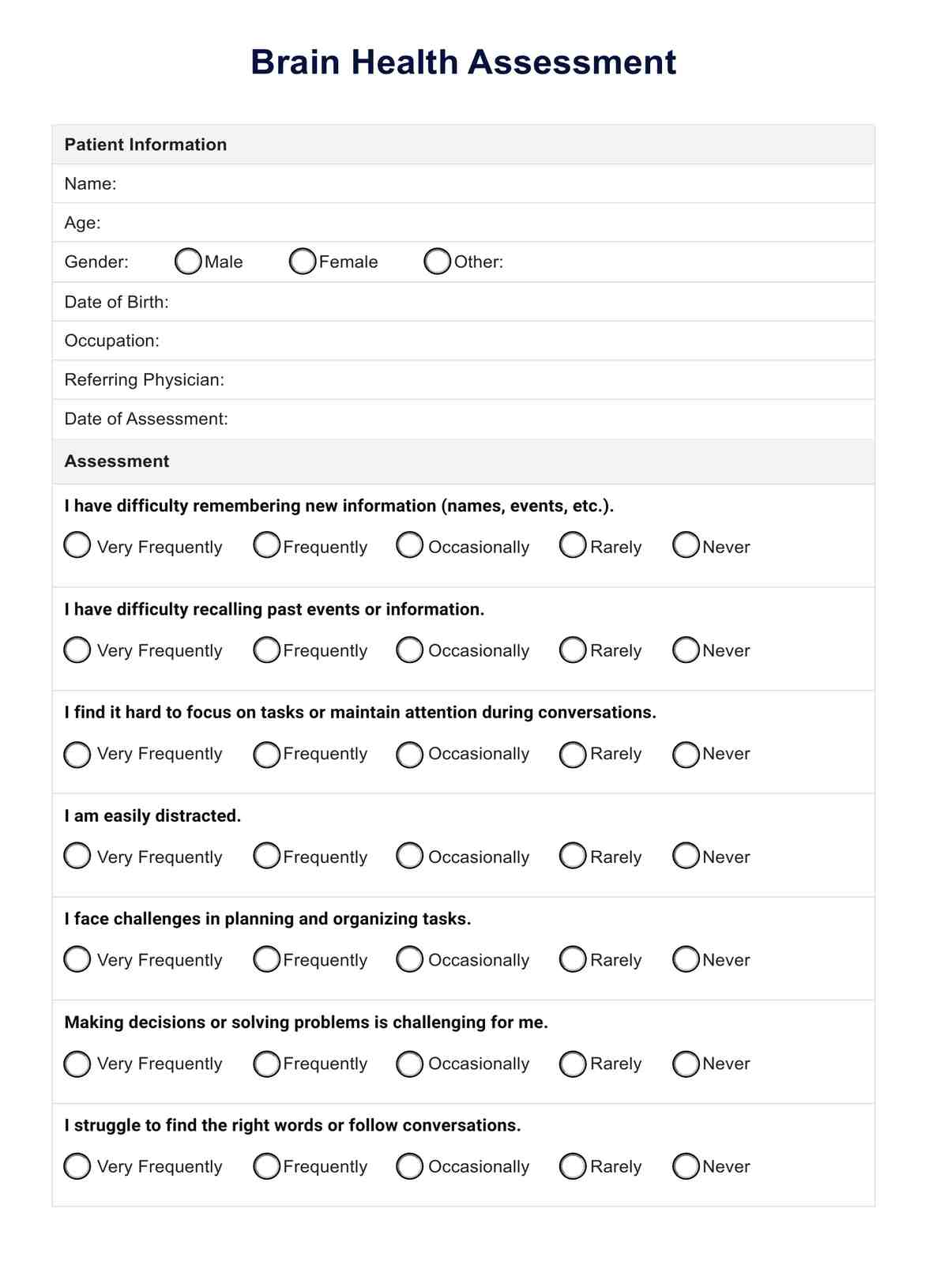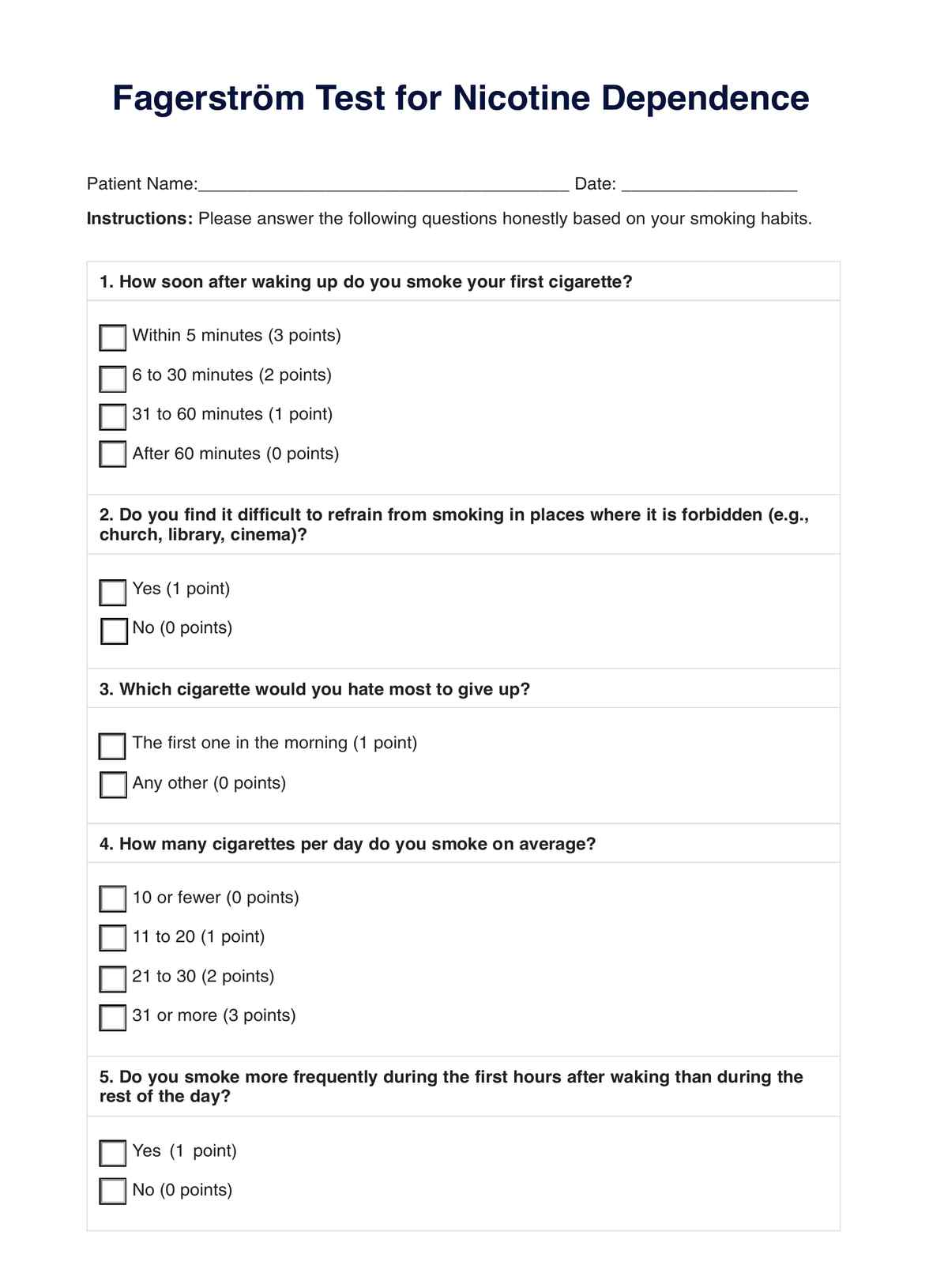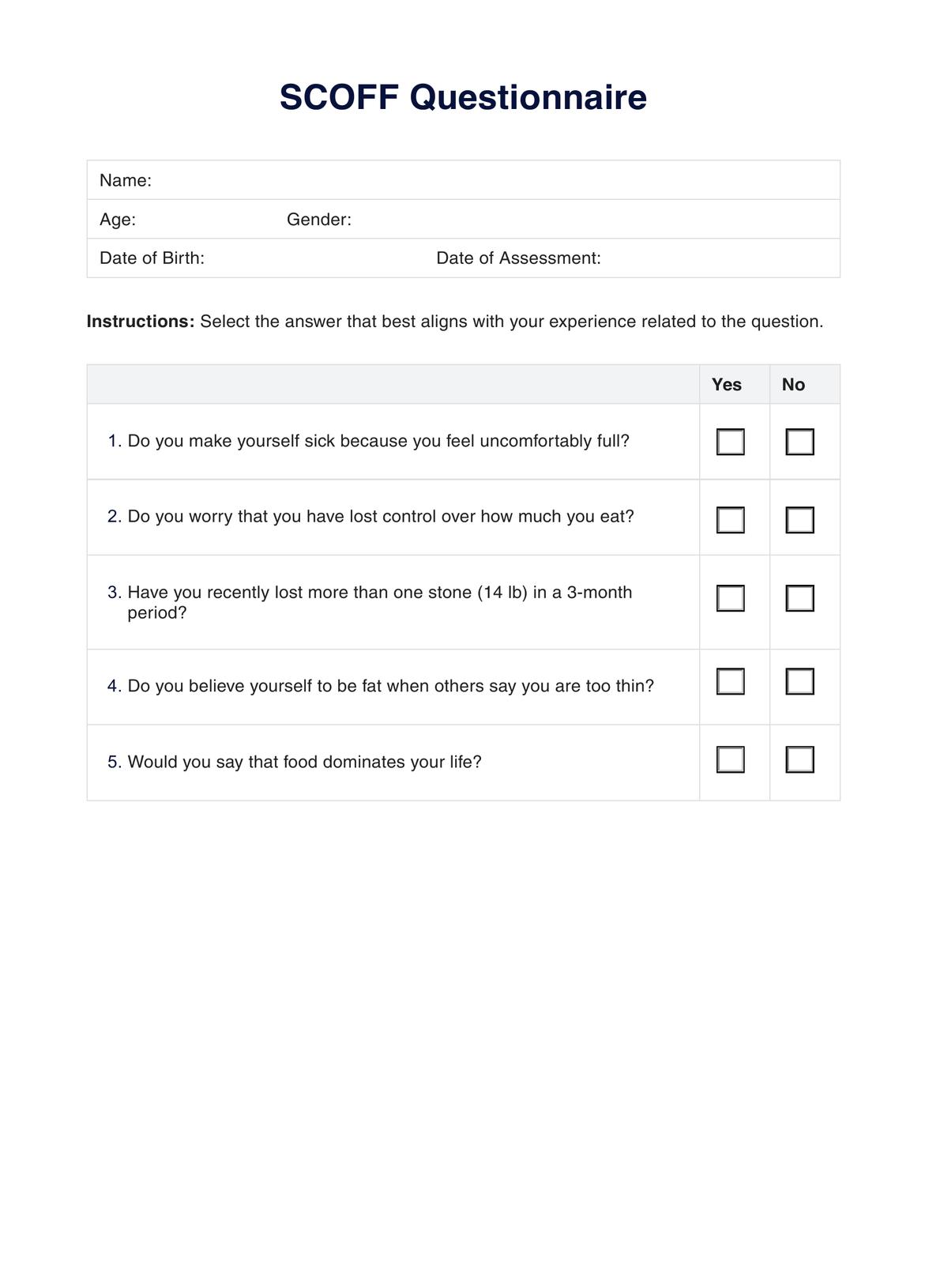Food Allergy Form
Use our Food Allergy Form to gather comprehensive food allergy information to properly respond to your patient's allergic reaction.


What are allergies?
Allergies occur when a person is exposed to an allergen, which triggers reactions in the immune system. These triggers vary from person to person. Some people have allergic reactions when exposed to animal fur, pollen, mold, dust, taking specific medications, or getting bit or stung by an insect.
When people are exposed to allergens, their immune systems create Immunoglobulin E (IgE), an antibody that triggers the body to release allergen-fighting chemicals like histamine. When these chemicals are produced, people start experiencing mild allergy symptoms like stuffy or runny noses, teary and itchy eyes, eczema or hives on the skin, and itchy throats.
In severe cases, in addition to mild allergy symptoms, they might also feel nauseated, start vomiting, have diarrhea, start wheezing and coughing, and have shortness of breath. The worst that can happen is anaphylaxis, a life-threatening state characterized by blood pressure dropping to abnormally low levels, difficulty breathing, and loss of consciousness. An anaphylaxis emergency plan and a printable Allergy Action Plan PDF are useful during these times or even before.
Food Allergy Form Template
Food Allergy Form Example
How does this Food Allergy Form PDF work?
Our Food Allergies Form is an essential clinical tools that help healthcare professionals collect information about a patient's allergies. However, these forms are not limited to healthcare professionals. Restaurants, daycares, workplaces, or school nurses can have them ready to gather information about students, customers, and workers. Here's how you can apply this template in your practice:
Step 1: Access a copy of this template
You can access the template through the preview in this guide by clicking on "Use template" to open it within the Carepatron platform. There, you can customize it before filling it out or printing it. You can also click "Download" to get a free fillable template PDF.
Step 2: Initial patient documentation and history-taking
Begin with comprehensive patient identification and medical history documentation. This step includes recording basic demographics, current medications, and past hospitalization history related to allergic reactions. This establishes the baseline for risk assessment and helps identify patients who may need more intensive monitoring.
Step 3: Detailed allergy assessment
The form's structured approach to documenting specific food allergies requires practitioners to record three critical components for each allergen: reaction triggers (ingestion, smell, or touch), severity level (mild, moderate, or severe/anaphylactic), and the date of last reaction.
Step 4: Emergency protocol documentation
Document the patient's emergency response plan, including the availability and location of epinephrine auto-injectors and antihistamines. Ensure all emergency contact information and healthcare provider information are current and easily accessible.
Step 5: Verification and authorization process
Complete the documentation process by obtaining informed consent and authorization from the patient or guardian. This final step includes reviewing the documented information for accuracy and ensuring the patient understands how it will be used in their care.
This is an essential document for people with allergies at all times. In case allergic reactions occur somewhere other than their home, let's say, an office or school, people can look at the Food Allergy Form and determine what they can do for the person who has adverse reactions. It's also a precaution for places that offer certain foods, like offices or a child's school cafeteria. Staff members can then avoid serving food that may trigger a person's allergies.
When is it best to use this Food Allergy Form?
This tool can be ideally used in the following settings:
During hospital or clinic visits
Suppose a person is in the hospital because of a food allergy. In that case, healthcare professionals can issue a Food Allergy Form to the person or their companion to indicate information about the patient's allergies. It can also help healthcare professionals determine what particular treatment they should provide based on the severity of the allergic reaction and what caused it.
During a dining experience
This will likely be the most appropriate time to use a Food Allergy Form. If the restaurant, cruise, or any organizer is keen on accommodating people with specific allergies and particular dietary preferences, the staff can use this form to gather information from customers, or the customers can bring a copy of a filled-out form themselves. This form should provide the necessary information to the staff to prepare for the dining experience and prevent allergic reactions.
In school or work settings
Schools and offices should have Food Allergy Forms so that staff are aware of any allergies their students or employees may have. This is so they can make the necessary preparations to ensure that the school or office environment is safe for students or employees with allergies.
Benefits of using this Food Allergy Form
Using Carepatron Food Allergy Form offers several benefits to practitioners and patients. These include the following:
Specific people will become aware of a person's allergies
Besides documenting that a person has allergies, Food Allergy Forms are made to disseminate information about people with allergies among relevant parties. Relevant parties include school staff, office staff, restaurant staff, family members, friends, and healthcare professionals. By becoming aware of people's allergies through these forms, these parties can take precautionary measures and develop protocols to reduce or eliminate the risk of allergic reactions.
Becoming prepared for emergencies
Speaking of taking precautionary measures, one of the defining features of Food Allergy Forms, or at least our template, is the emergency plan section. Suppose a person has an allergic reaction despite them and other people taking the necessary precautions. In that case, the information in the emergency plan section should help people manage allergic reactions.
Reduced risk of having allergic reactions
While it's not a one-hundred percent guarantee that risks for allergic reactions will ultimately be eliminated (accidents can happen after all, sometimes through negligence), Food Allergy Forms have the power to help people ensure that there are little to no chances of allergic reactions from happening.
Commonly asked questions
Usually, the person with the allergy fills it out. If the person with the allergy is a child or is physically incapable of filling it out, their parents, siblings, loved ones, friends, caregivers, guardians, or a nurse can fill it out on their behalf. If the form is handed to a healthcare professional, they will keep a copy for documentation.
Food allergies form when the immune system mistakenly identifies a normally harmless food protein as a threat, leading to an inappropriate immune response. This response involves the production of immunoglobulin E (IgE) antibodies specific to the allergen, which trigger the release of chemicals like histamine upon subsequent exposure to the food. This results in allergy symptoms that can range from mild to severe, including anaphylaxis.
Allergens trigger allergies, including proteins from foods, pollens, dust, and animal dander. When susceptible individuals encounter an allergen, their immune system overreacts, producing IgE antibodies that bind to mast cells. Upon re-exposure to the same allergen, these antibodies activate the mast cells to release histamine and other inflammatory substances, causing various symptoms.


